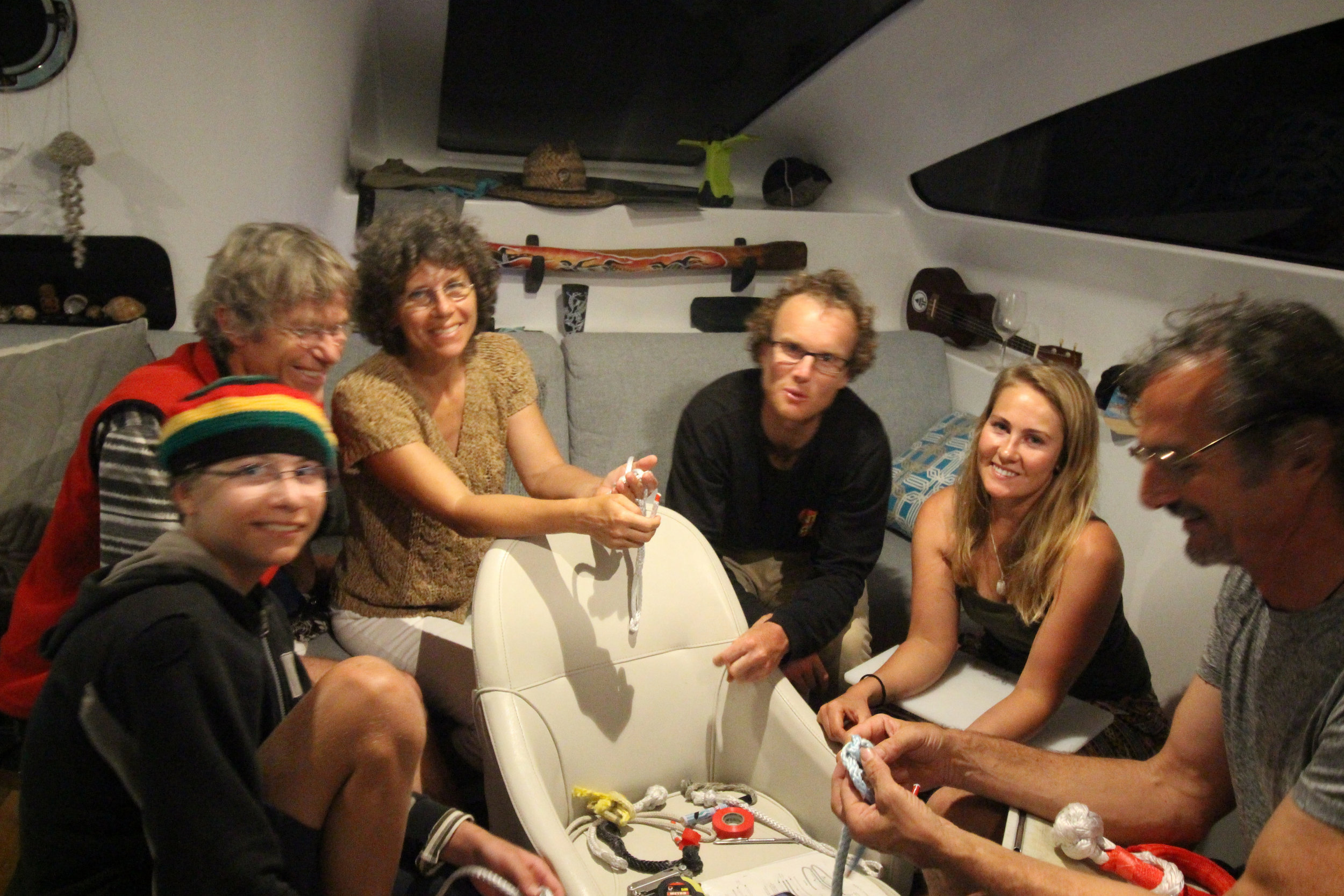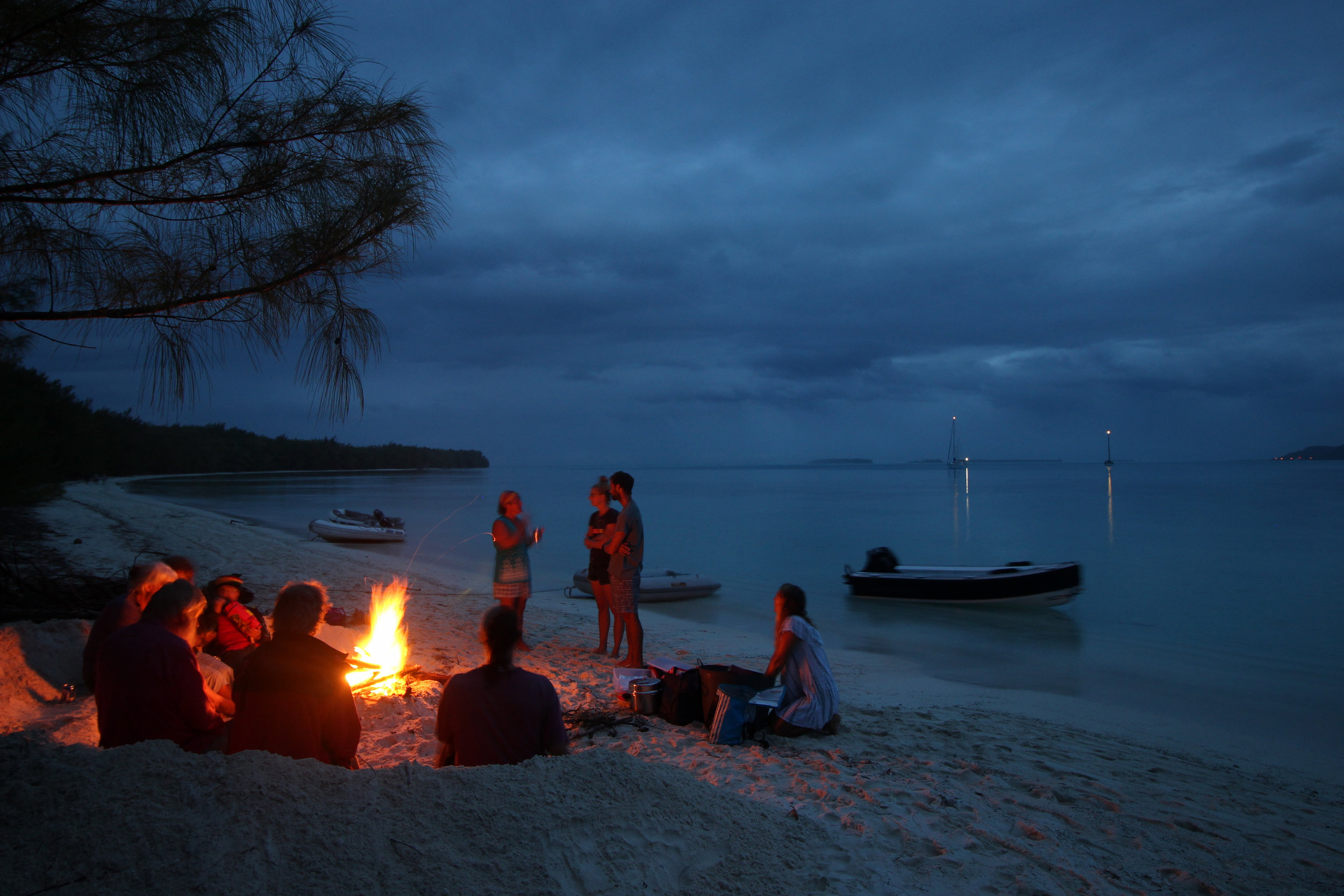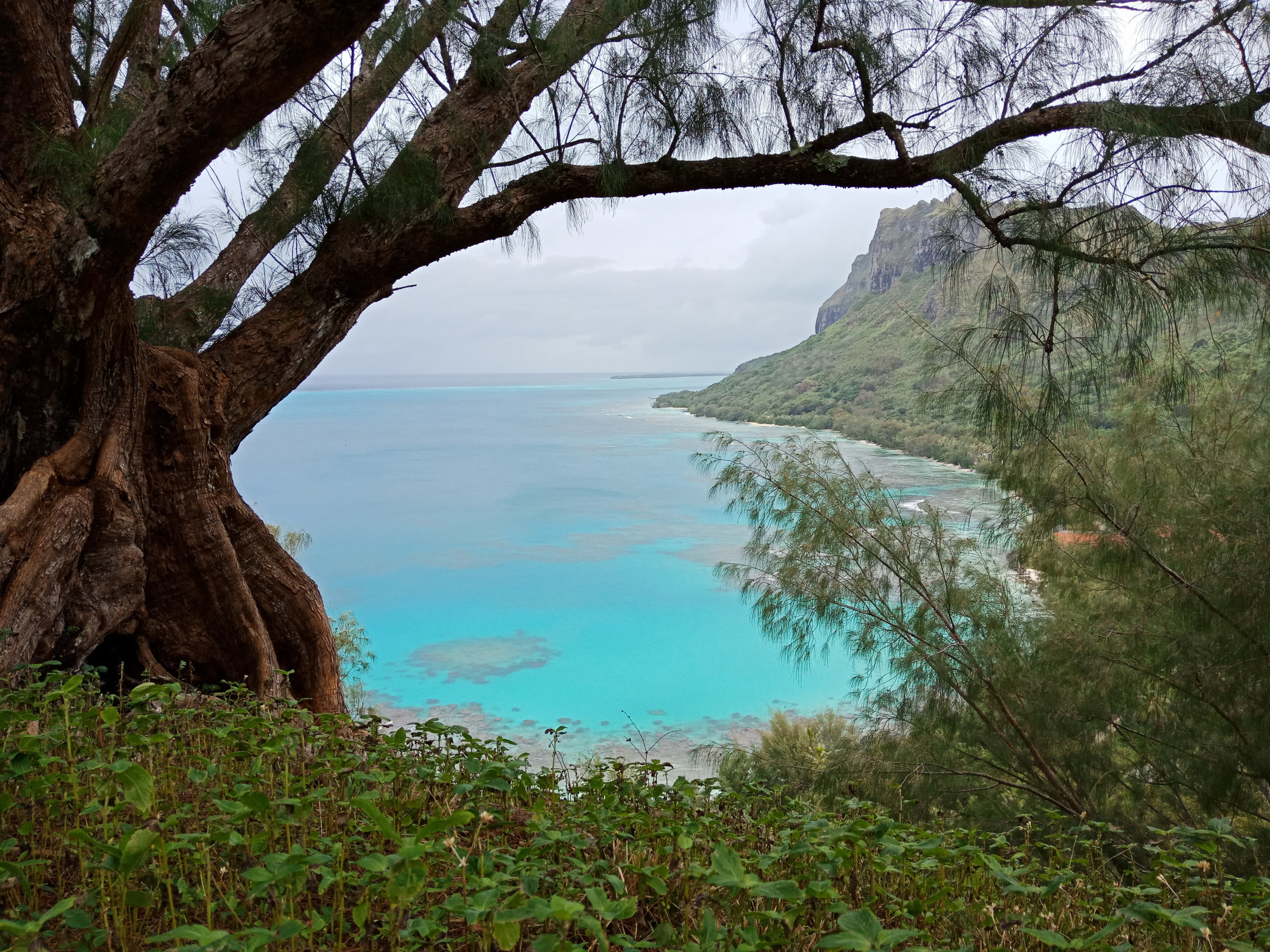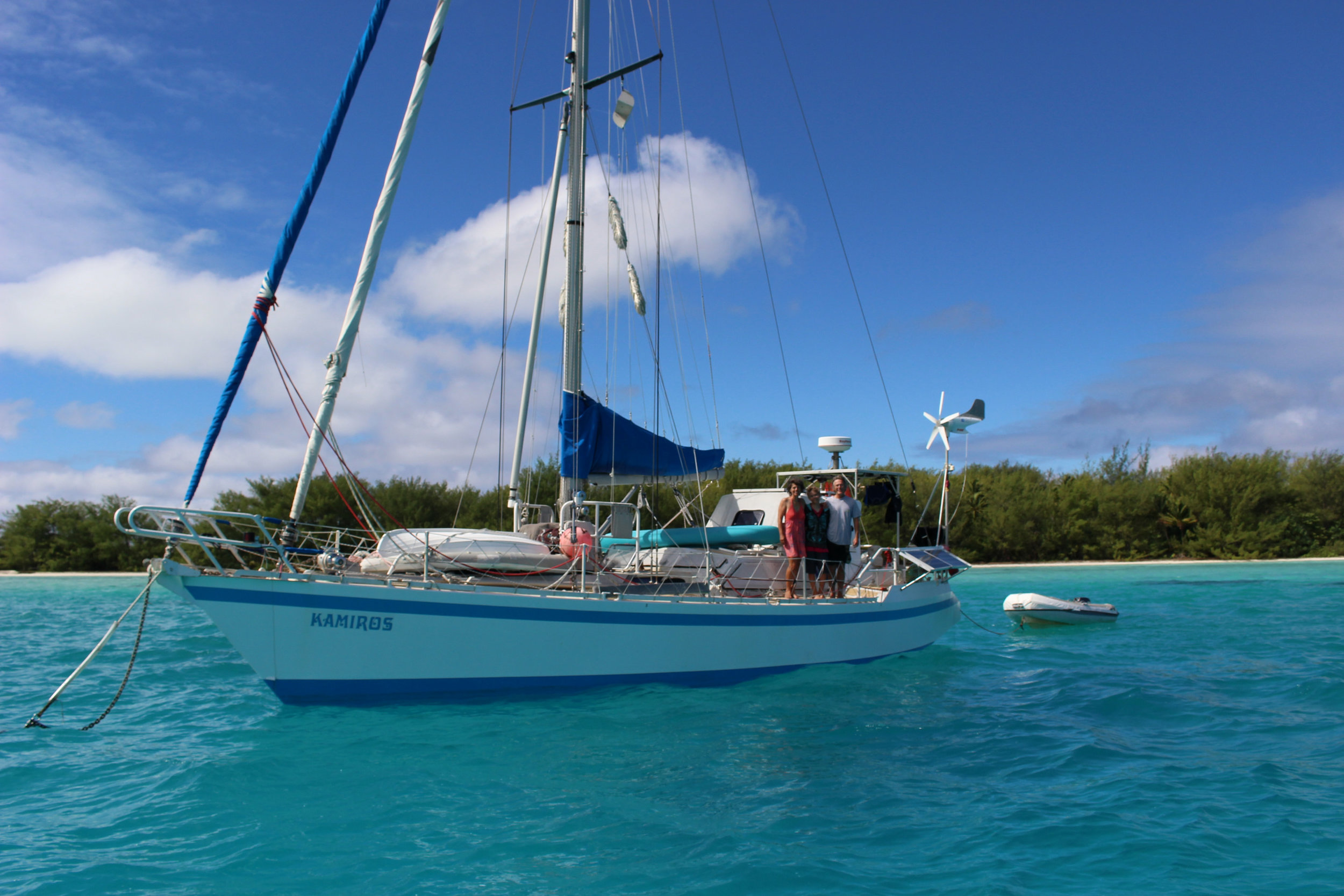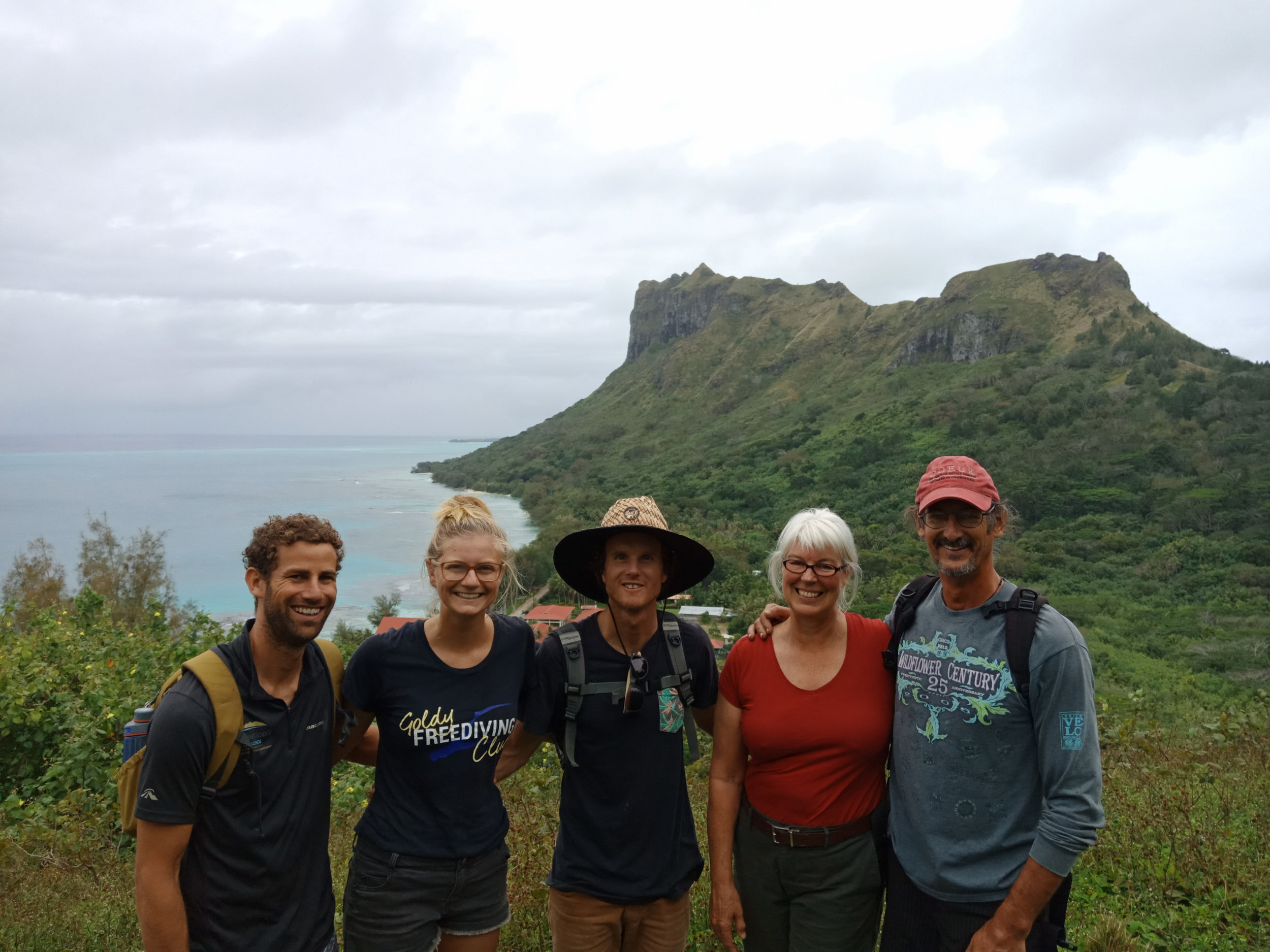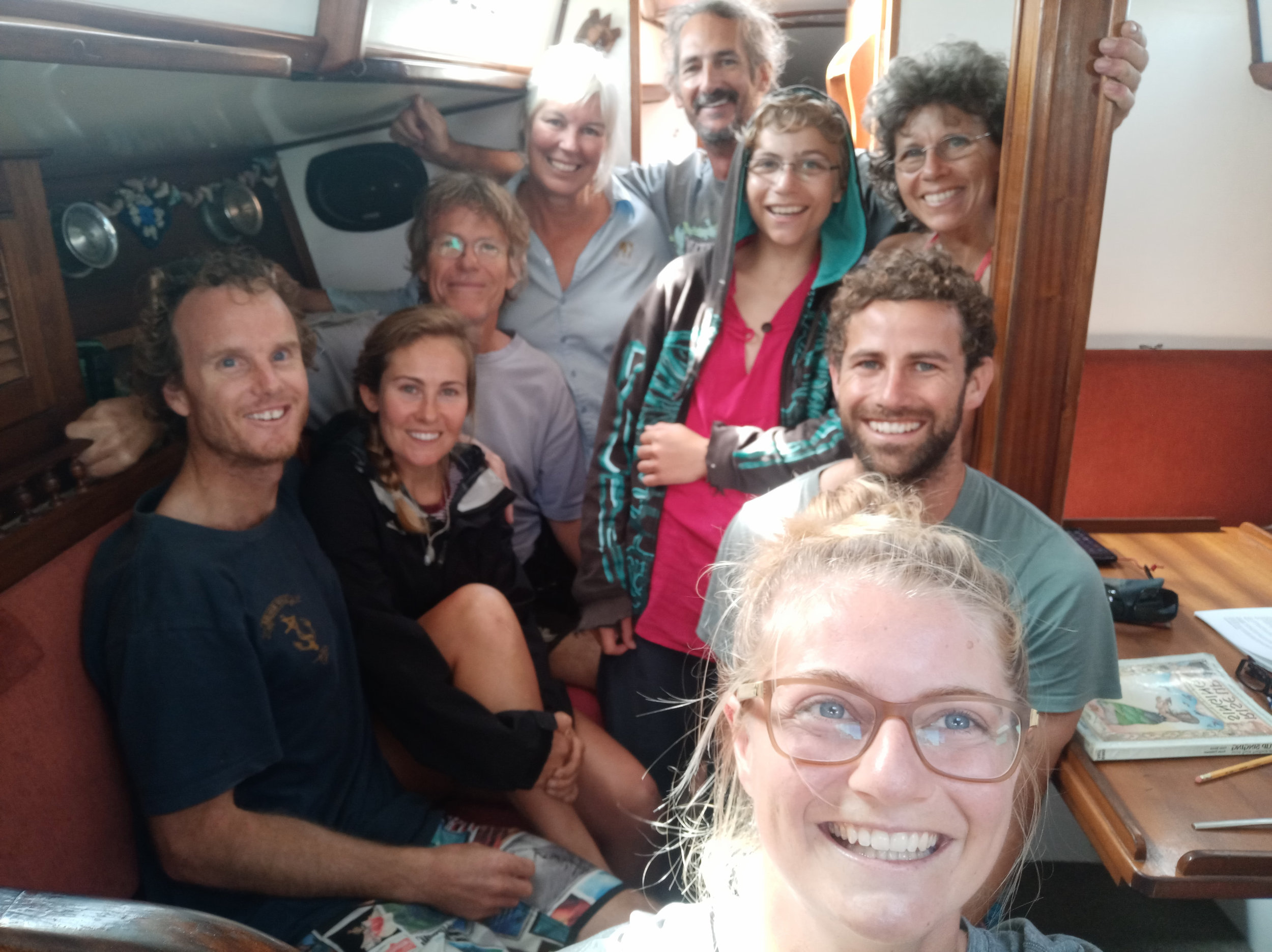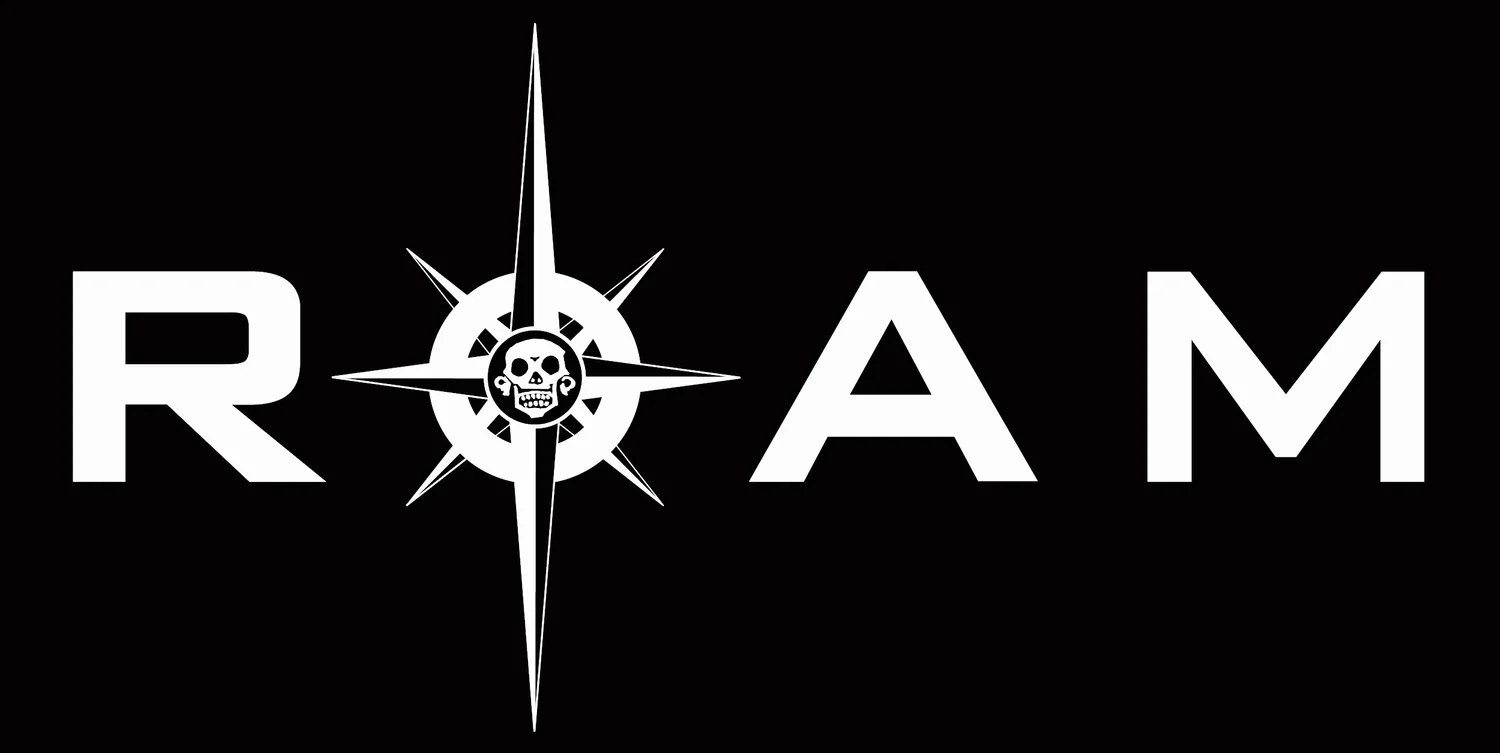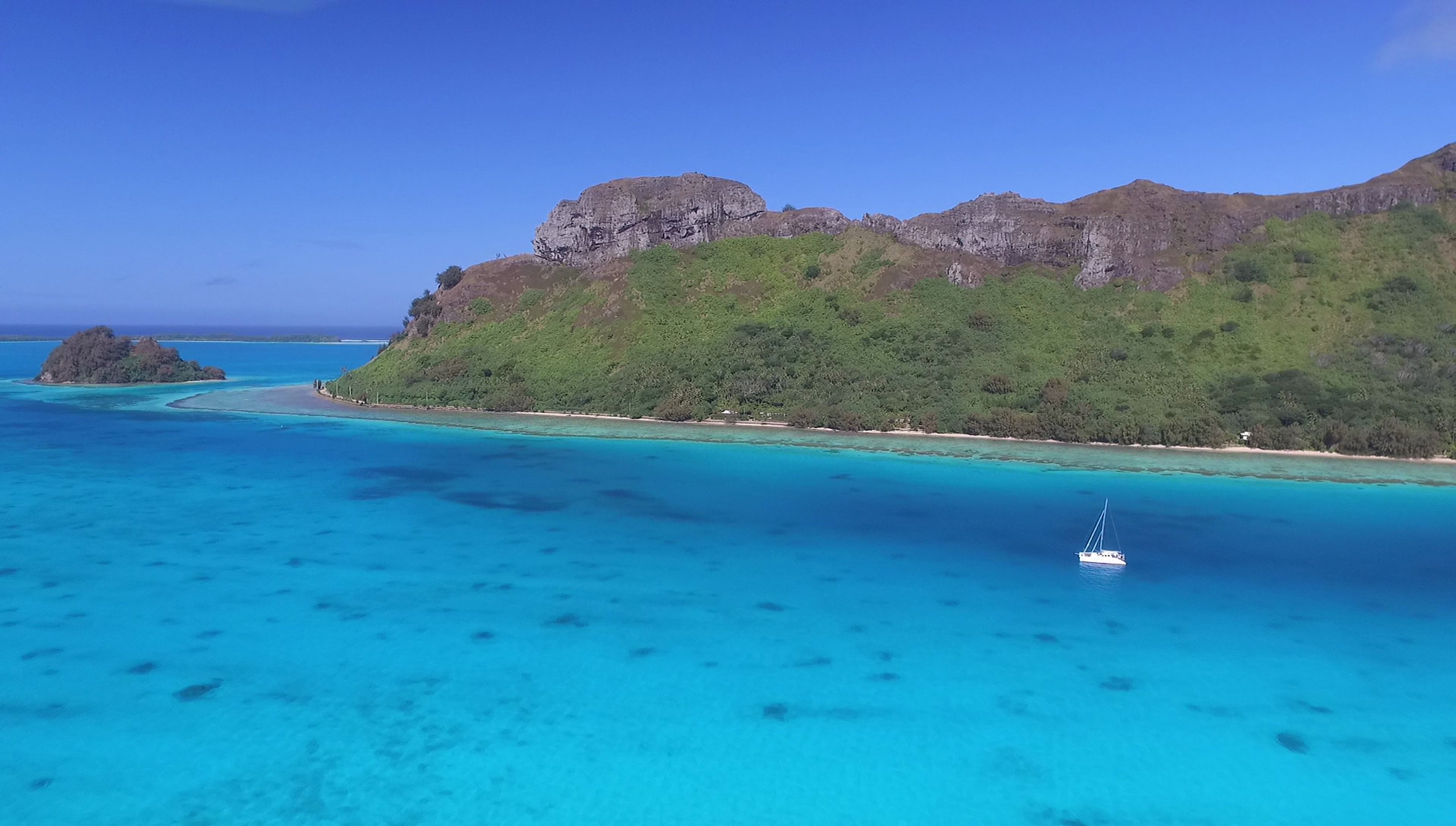Last Season we sailed from Opua, New Zealand and cleared into Tubuai, the most populated of the Austral islands. This season we once again cleared into the Australs but instead chose to check out Raivavae. We had planned to sail out to the Gambiers but decided to stop off at Raivavae and we are certainly not regretting the decision. With Sam and Estelle on board with us, who were new to sailing in the Pacific, they could not of asked for a more idyllic island experience.
Before leaving New Zealand we downloaded Open CPN google imagery for the Austral island groups and with a closer look at Raivavae we decided it looked like a good spot to explore, with possible surf and high potential for kite boarding. Raivavae is one of the four volcanic islands that make up the Austral island group. Raivavae is a small island, about 20 km around, surrounded by many motus and sand bars within the lagoon that is all protected by a fringing reef. The island lies four hundred nautical miles SSE of Tahiti. Far enough South that it does not see the steady trade winds that the better known cruising grounds of French Polynesia are renowned for, instead the weather follows what can be described as the weekly Southern Ocean cycle, where the area is influenced by High and Low pressure systems traversing the Roaring Forties. These systems during the winter reach up from the Southern Ocean to the deep South Pacific and often “brush” the Austral Group. This creates much more varied weather, this means you can expect winds from all directions, this can make things a little exciting when anchoring a little too close for comfort among coral heads near the motus but it is not as hairy as what we experience in Tubuai where there seemed to be more coral bombies making navigating the lagoon more dangerous and more exposure to the weather due to less fringing reef on the Northern side.
Arrival
We arrived in Raivavae on the 16th of July after an 11-day, 16 hour passage from Opua. Being a Sunday local time, we were surprised when another cruiser anchored nearby came over and let us know we were able to clear in (clear customs) on the weekend. The process was very straight forward, a short dinghy ride to shore from the main anchorage, with our passports, Visas and clearance papers to the Gendarmerie (French Police/ acting customs office), who handle yacht entry and clearance in the outer islands at ports of entry. No visit from any bio security required and the Gendarmes are very friendly, so much so that we left the office with a bag of bananas as a welcoming gift. The Gendarmes speak a little bit of English and we speak a tiny bit of French but having Estelle with us, who is fluent in French made general conversation possible, a huge benefit for us. The locals speak both French, Tahitian and a local language which is a slight variation of Tahitian. English speaking is less common in the Australs.
Population and services
The Population of the island is around 900 people with 4 main districts/small communities around the island. The locals are very welcoming to yachties as long as you are respectful of their land and are friendly, always saying Ia ora na( hello ). With little tourism here and on average less than 30 sailing boats visiting annually, don’t expect to find readily available services or consumables such as fuel and gas, or any sort of marine chandlery. It is best to come prepared to be self sufficient. In the main district there is a post office, which has a Wi-Fi hotspot if you require basic internet and there are some small magasins (small supermarkets) where you can find some provisions but not very much fresh produce. There is no hospital, doctor or pharmacy on the island, Tubuai is the closest port of call if medical assistance is needed beyond a clinic staffed by nurses.
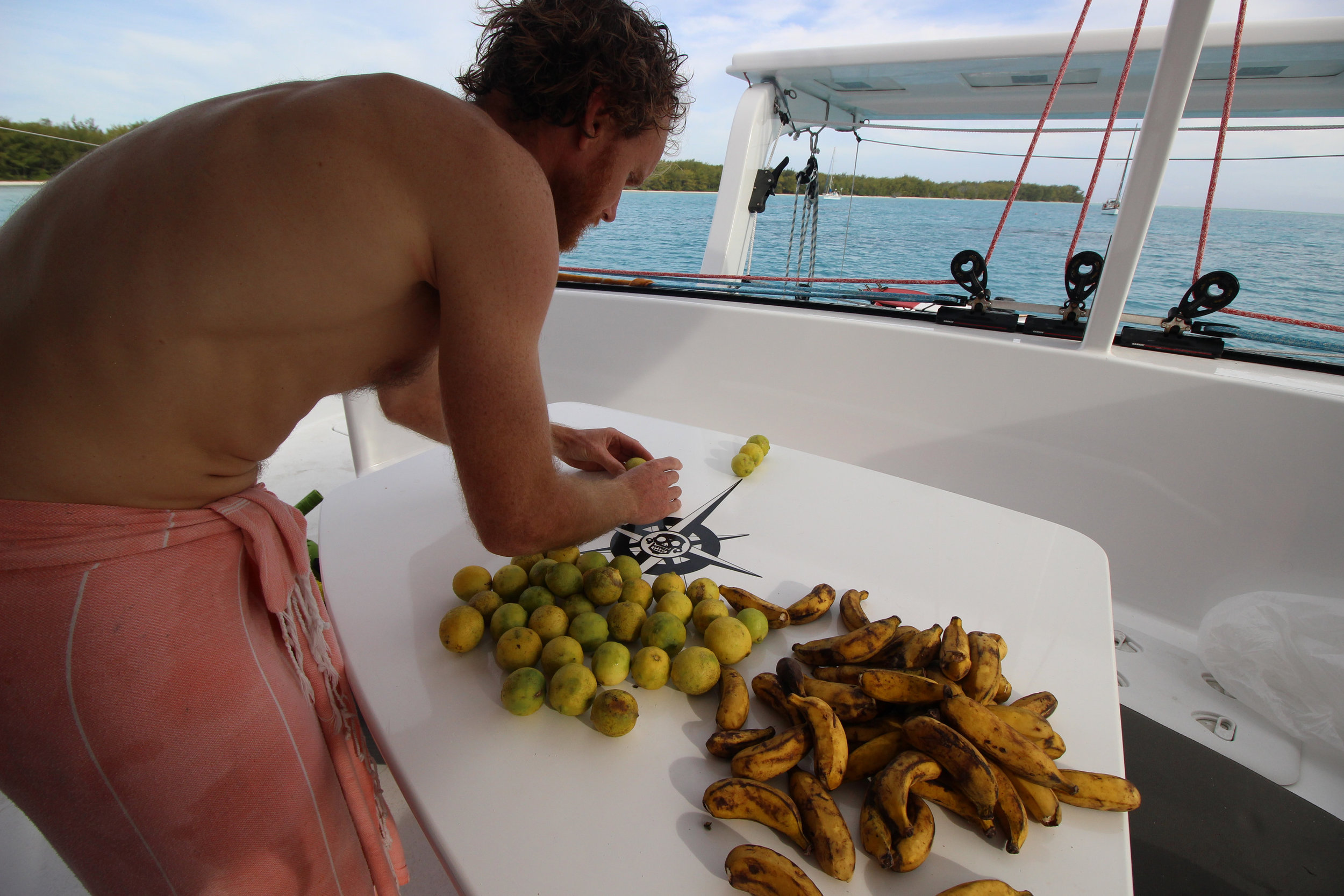


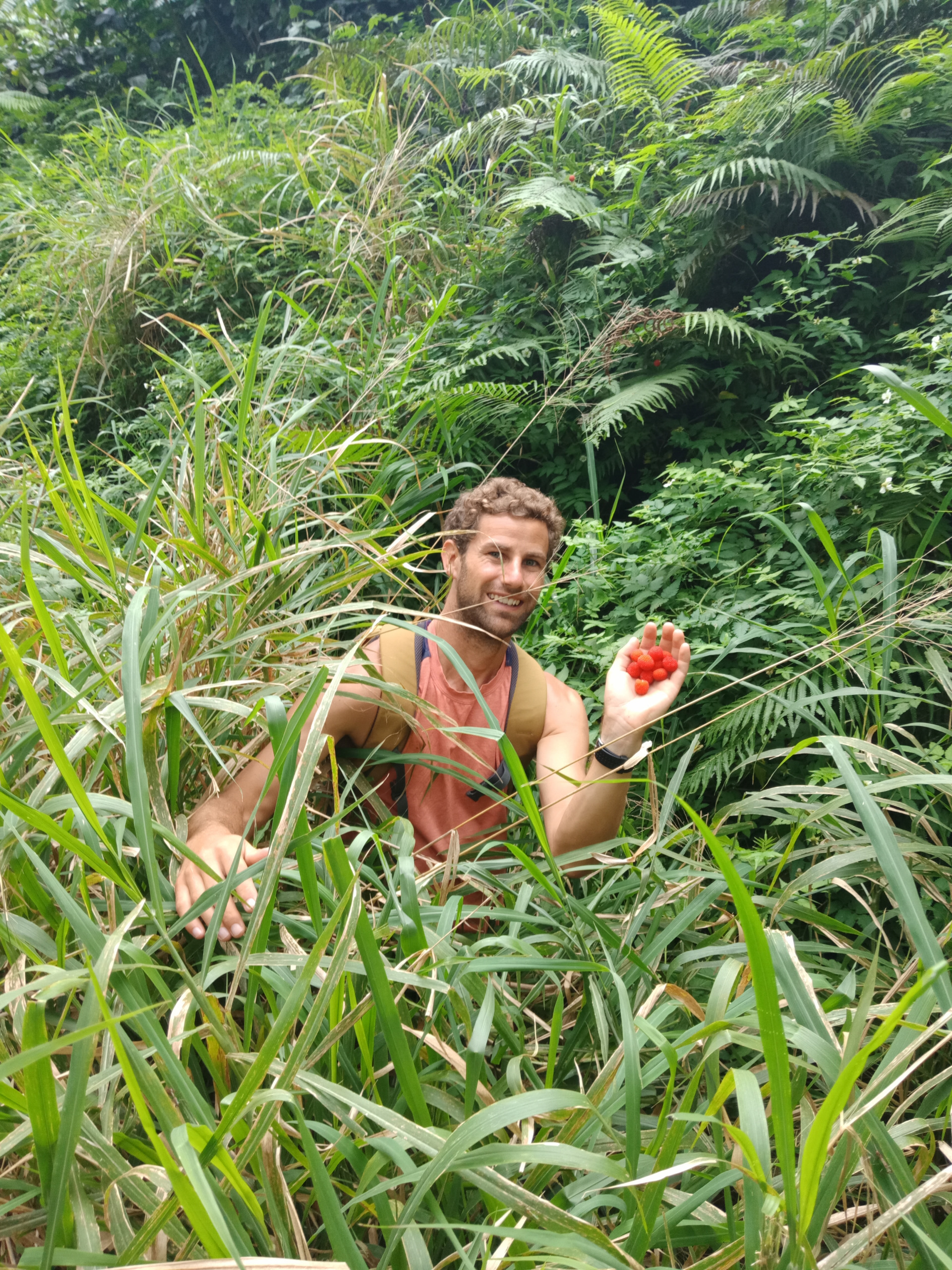
Food and provisions: The Polynesian Islands are plentiful when it comes to fruit, coconuts, root vegetables and fresh fish. For Raivavae the local farmers grow to support the islands needs and a supply boat comes from Tahiti via Tubuai every two to three weeks, bringing some more fresh goods. If you ask permission first, you are likely to be given the go ahead to take some coconuts from the trees, or if you’re lucky enough find some that have fallen to the ground. The small magasins (convenience stores) stock mainly dry goods, canned and processed foods, some frozen goods and very little fresh accept for onions, garlic, eggs and maybe some imported apples or carrots if you’re lucky. For fresh fruit and vegetables, we have found that buying direct from local farmers or placing an order for fresh goods from one of the little restos (restaurants) on the water front (also coming from local farmers) was the best option. We were lucky enough to be introduced to a local farmer named Edmond. Edmond is an ex French Legionnaire in his eighties who takes great pride in his vegetable garden. We were able to buy cucumbers, tomatoes, cabbage and onions from Edmund which he let us hand pick from his vegetable patch. Not only did Edmond happily do business with us he also was up for a good old yarn and his descriptive and animated story telling with his garden knife in his hand waving about with hand gestures to explain his stories, made for an entertaining experience. One piece of advice and I’m sure you already do, but I will tell you again, make sure you rinse all your fresh produce well in fresh water and a little vinegar. We rinse all the fresh produce we buy before bringing it into the galley and fridge, to reduce the risk of exposure to parasites as well as pesticides.
Motu Piscine 23 52.8 S 147 37.4 W
We had spotted this potential little paradise on satellite imagery and the locals told us that Motu Piscine (Meaning swimming pool) was a must visit spot. With a shallow sand bar on the NE side of the motu we found ourselves in the perfect place to get some kiting in. It’s the ideal place for flat water kiting whether you’re learning or advanced. Both satellite imagery and the locals were 100% correct. The anchorage is perfectly sheltered in an Easterly, reasonable in a Northerly or Southerly with local lagoon chop but is exposed in a Westerly to gusty winds that bullet off the mountains and big wind shifts. Due to the coral bombies, in order to protect the coral and avoid getting your anchor chain hung up, adding damage protection buoyancy to your chain is required. We used our fenders for this tying them to the chain, however we had one fender fatality, due to it becoming entangled between our bridle and chain in gusty conditions. It would be better to use hard buoys in this situation if possible. Although some of the coral heads are less than two metres deep, when chosen carefully It is still possible to find a hole with swinging room even for keel boats using the above method.
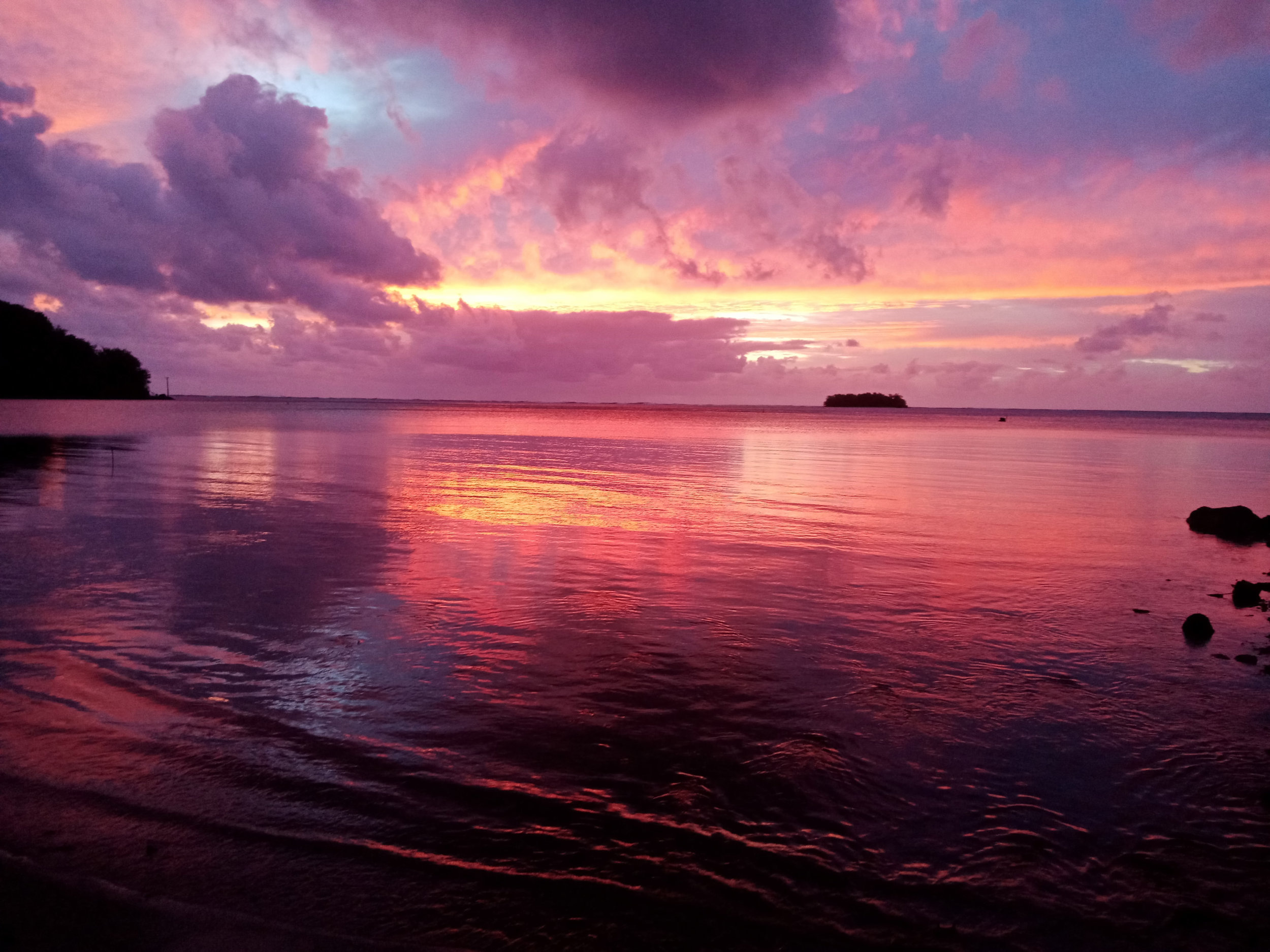


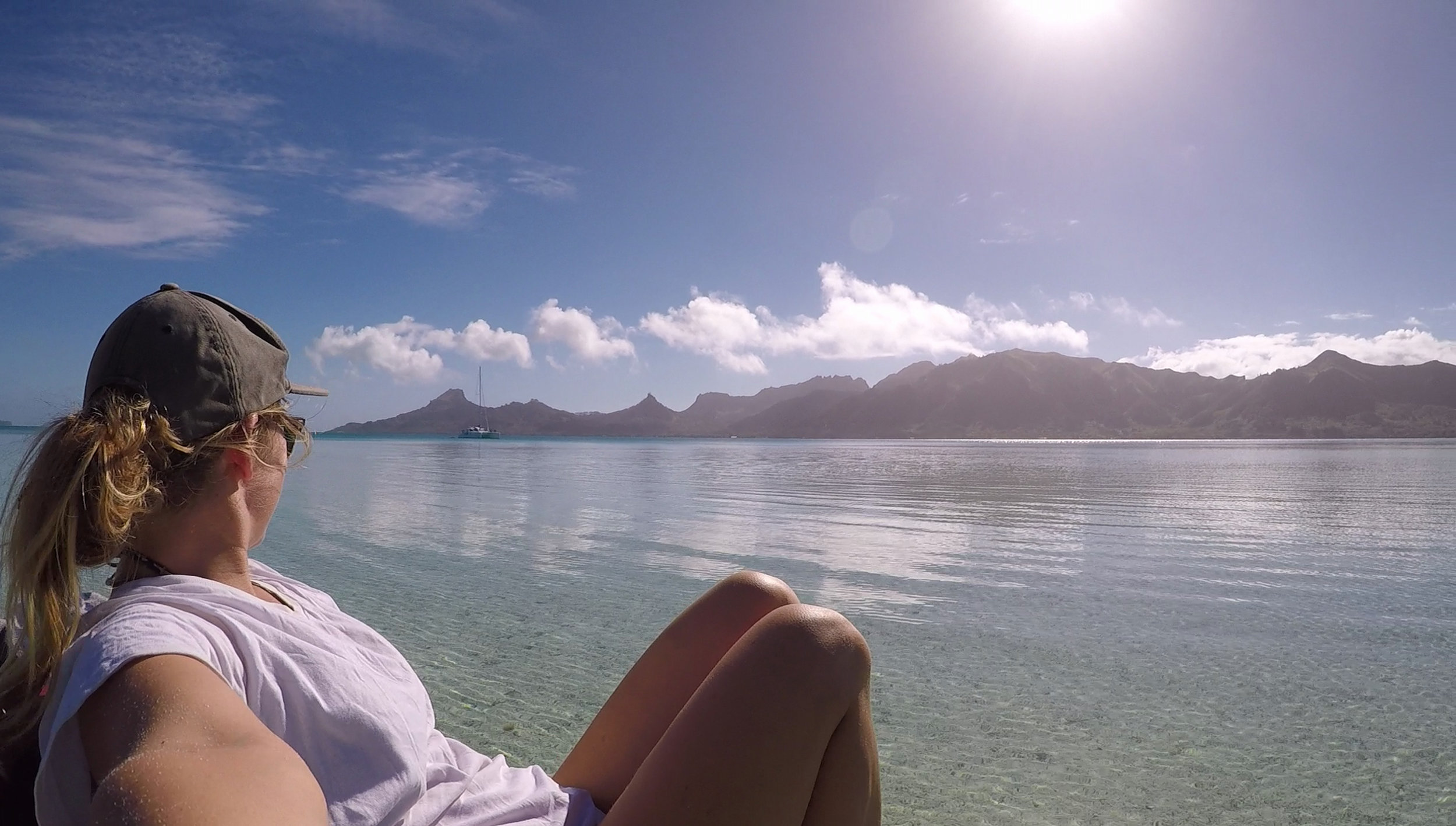
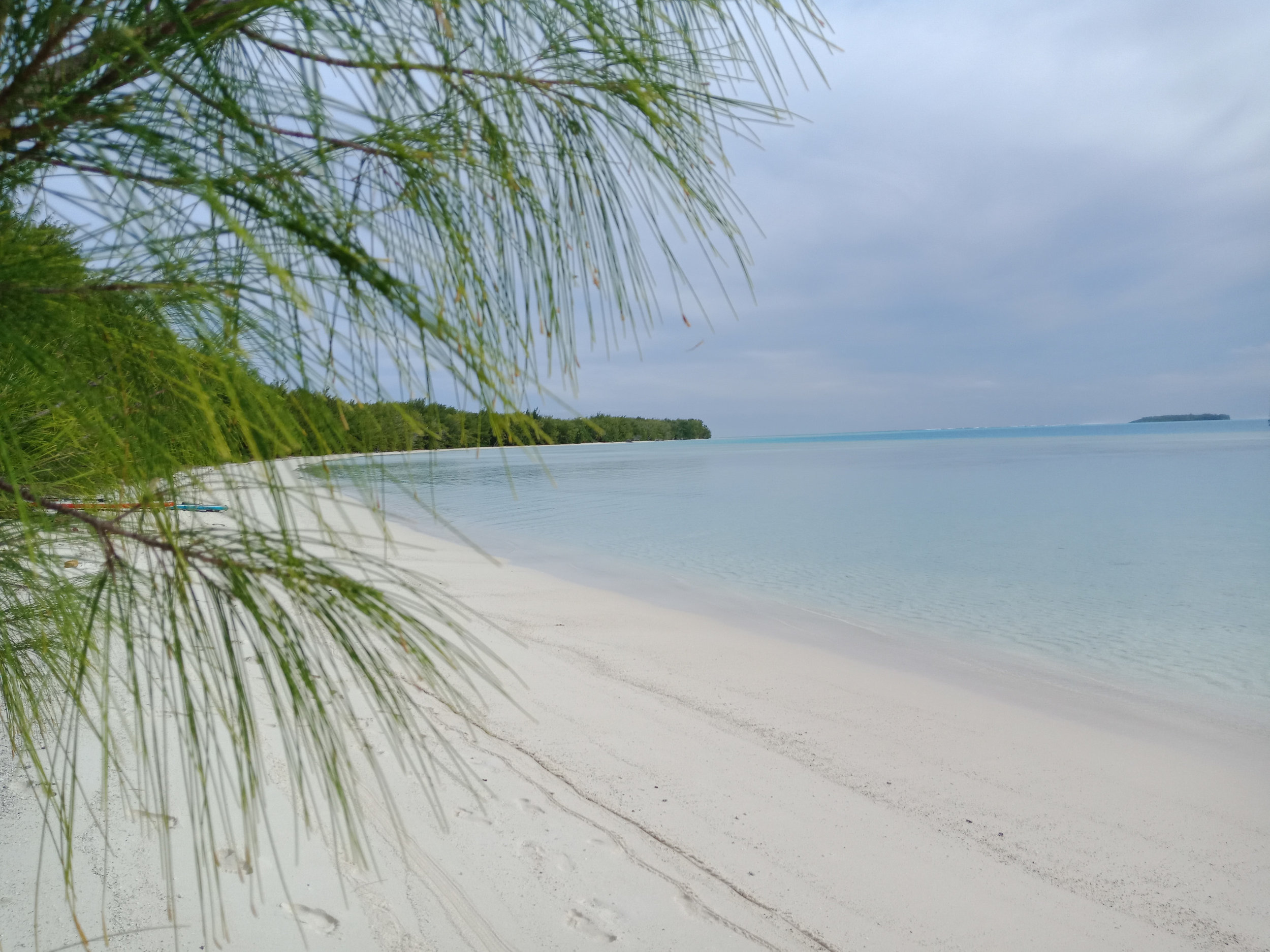


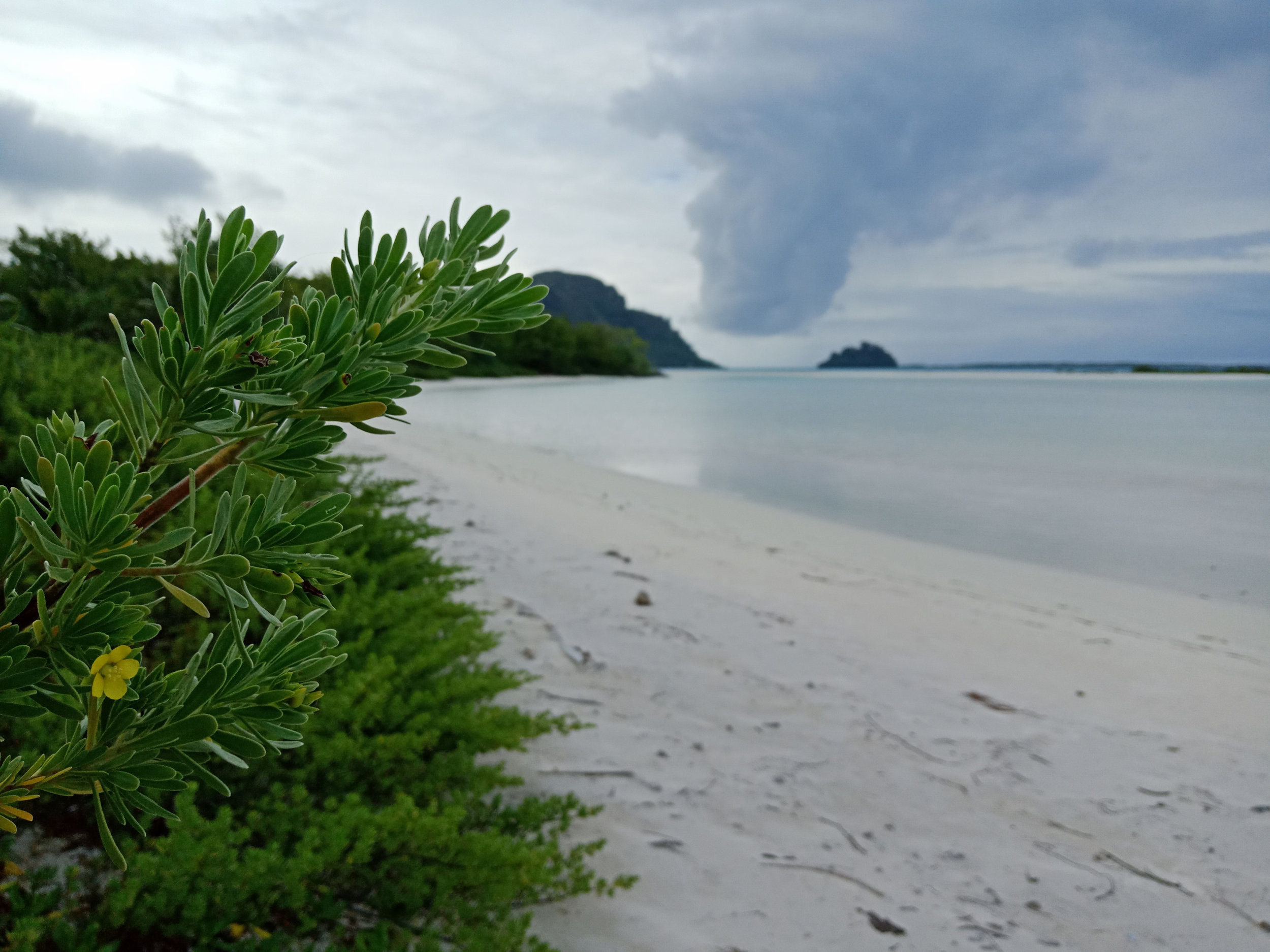
Town anchorage info coordinates 23 51 .9 S 147 41.2 W.
The main town/Port anchorage is within walking distance to the Gendarmes (French Police), who handle yacht entry and clearance in the outer islands at ports of entry. Raivavae is one of the Ports of Entry in the Austral group. The holding in the town anchorage is good and around 8-14 metres depth with a sandy/muddy bottom and is good to excellent anchorage in all weather. Expect some bullets/ gusts in stronger Easterly’s from the mountains and a moderate chop in the anchorage in a Westerly. Keep an eye out for some coral bombies in the shallower corners of the anchorage and extending out from the Port marker on the Northern side of the anchorage. There is a supply boat that comes into the main port every two – three weeks and the channel and entrance to the wharf needs to be kept clear for its entry.
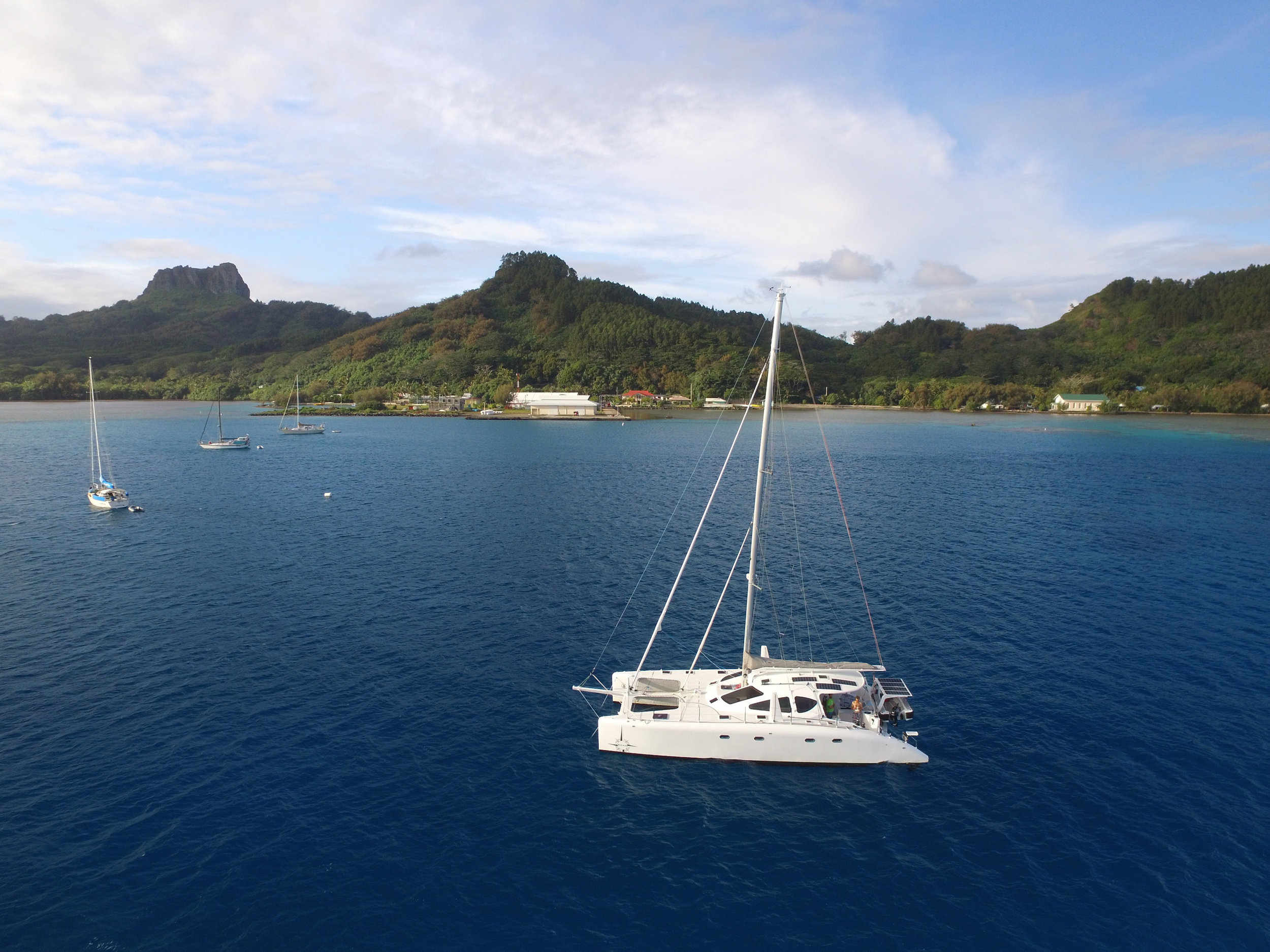
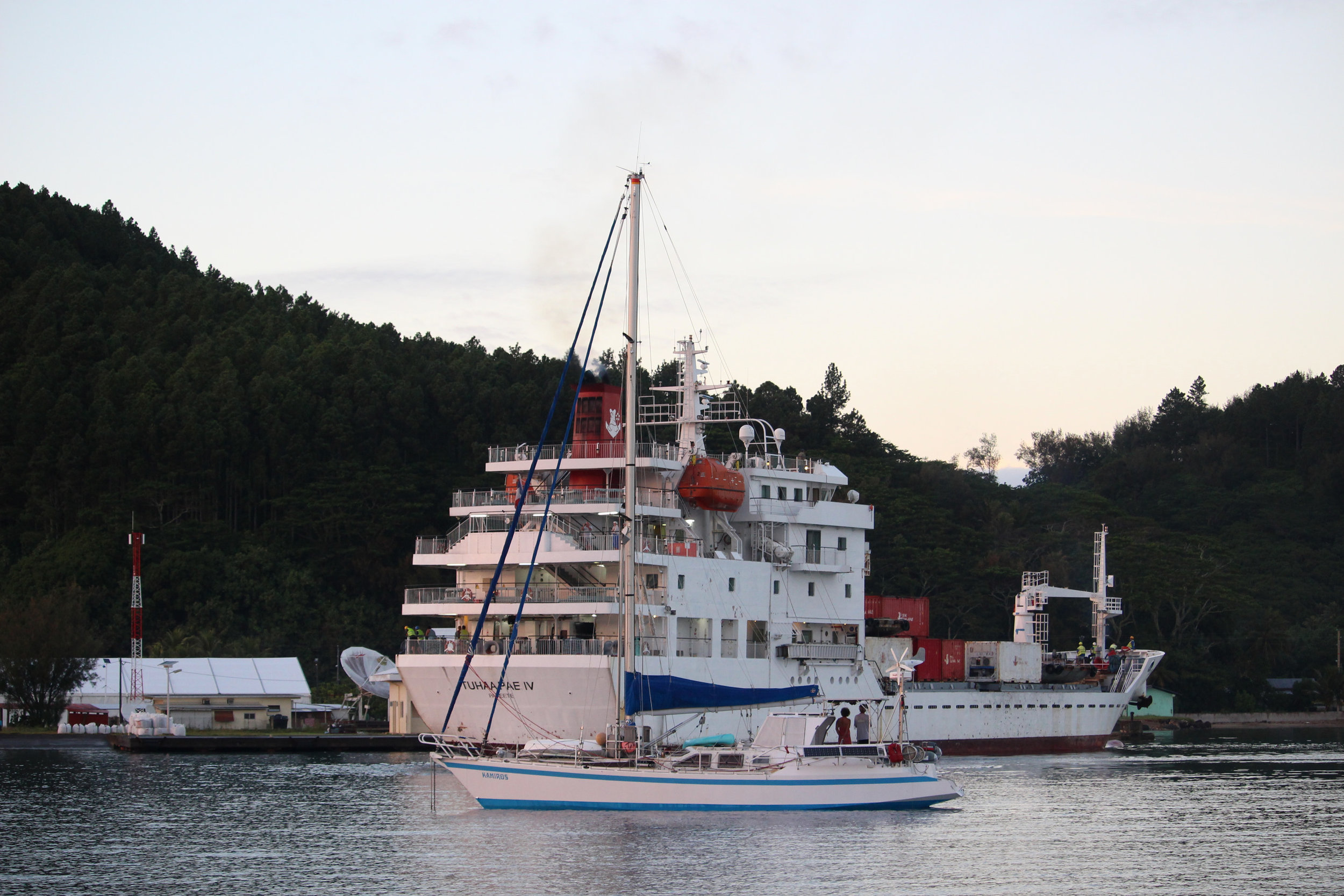
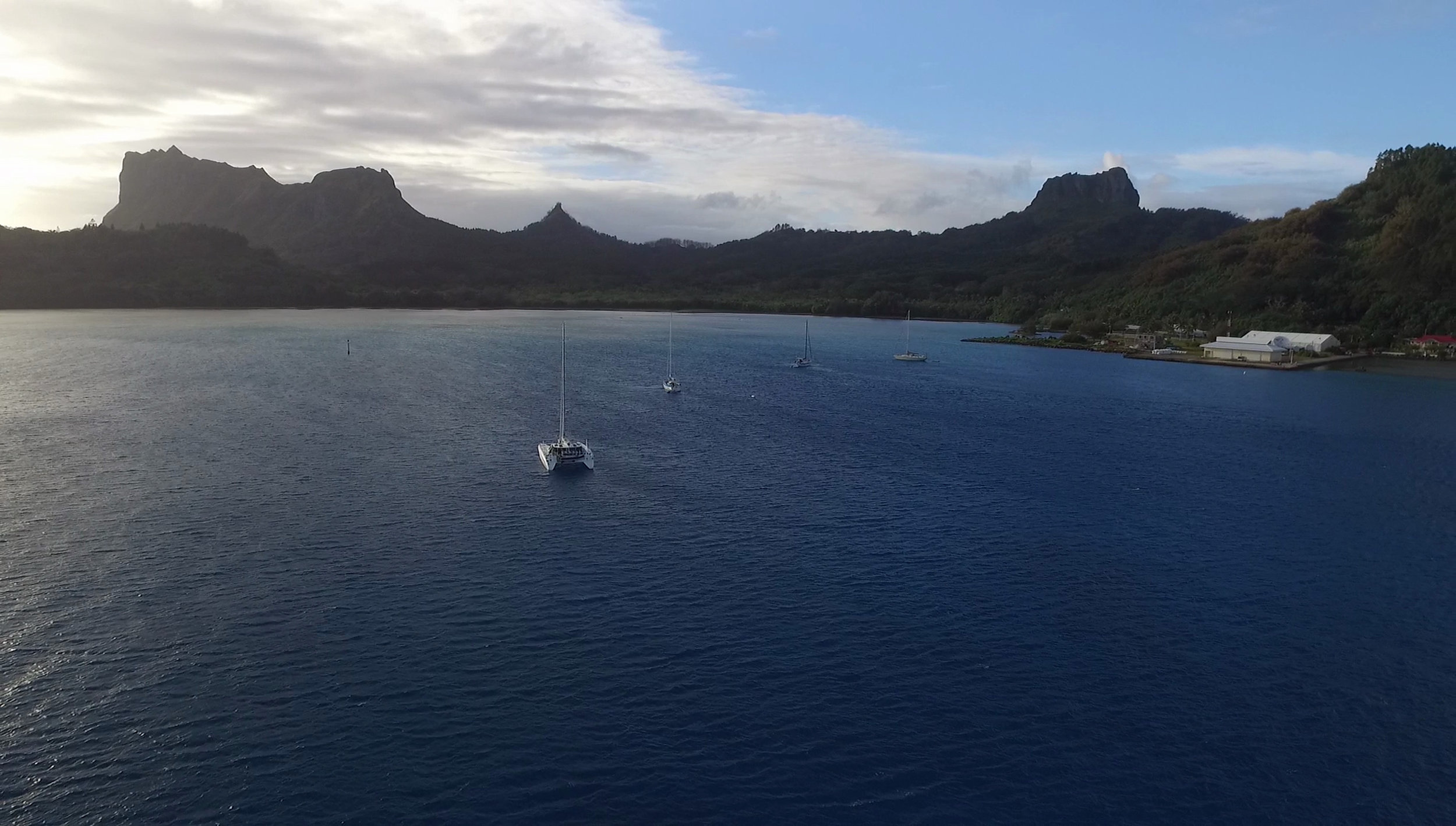
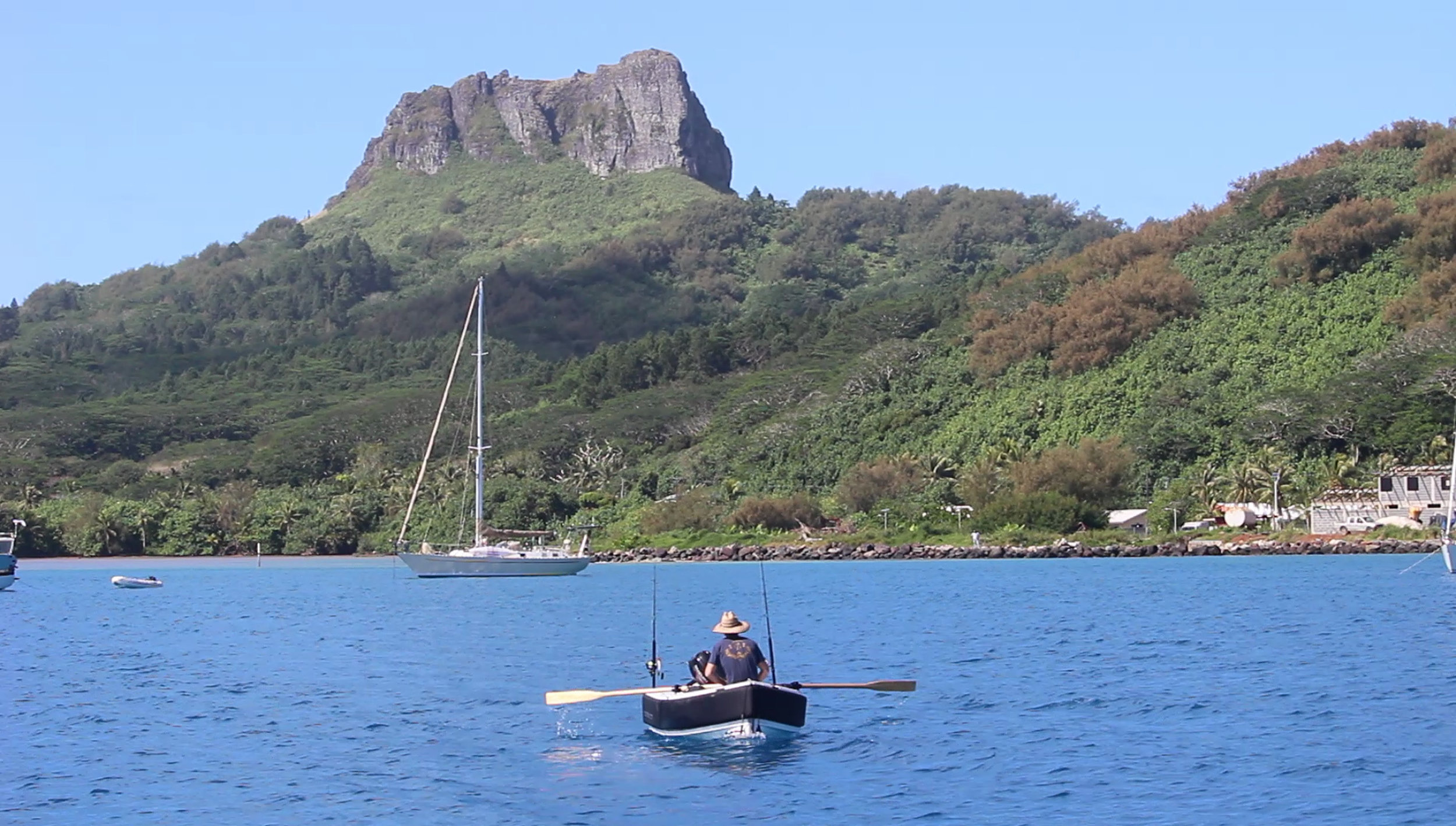
Kiting and Surfing
There is potential for both kiting and surfing. Although the conditions were not ideal for the surf, and getting some time kiting while in Raivavae was our main activity priority, Mick did manage to score a few waves. We found a wave on the reef outside the main pass West of the small motu in front of the main anchorage. The wave breaks on the reef, is fast, inconsistent and a little challenging but never the less it was a wave and Mick, who hadn’t had a surf in about a month, was happy to get some wax under his feet. The kiting on the other hand was great and we were so lucky to find a place where we could practice our skills without anyone else out there kiting. I am still learning, and Mick was eager to put some time into playing with our new gear. The end result was we didn’t get ideal wind conditions consistently, but we did manage to get quite a few days with a nice 12 – 20 knots of breeze. Most days we took in turns flying the 11 metre kite and on the windier days I was able to ride the 7 metre while Mick rode the 9 which was so much fun zipping around in the clear waters over the sand bars. There is a sand bar off the main anchorage where we could anchor and launch from the dinghy. Good for winds out of the NE to W. The main kiting spot off Motu Piscine, on the north eastern side of the Motu, is a sandy bottom, waist deep sand bar with only the occasional sharp shell so is perfect for learners. Best with wind from NE to S.
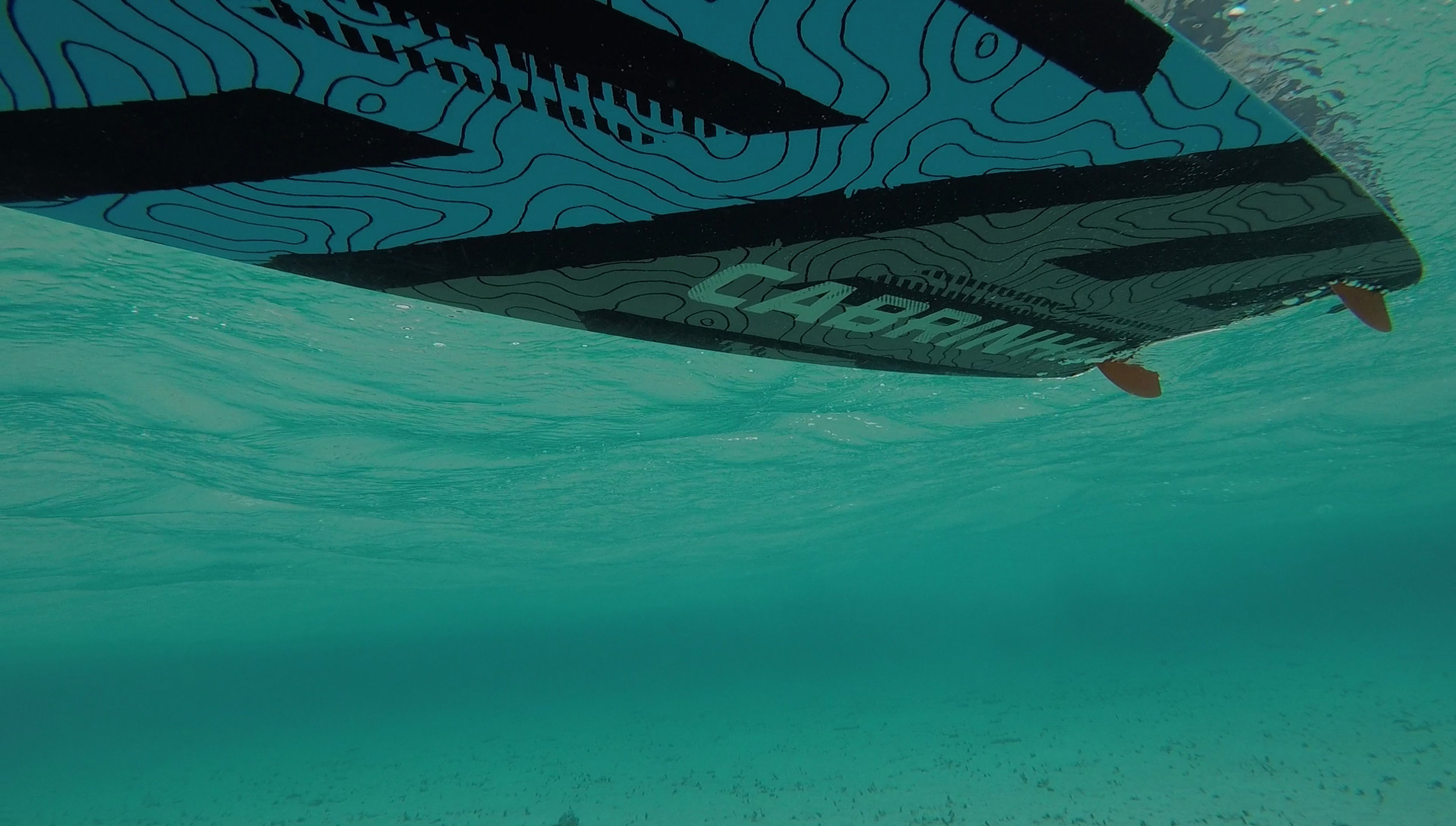
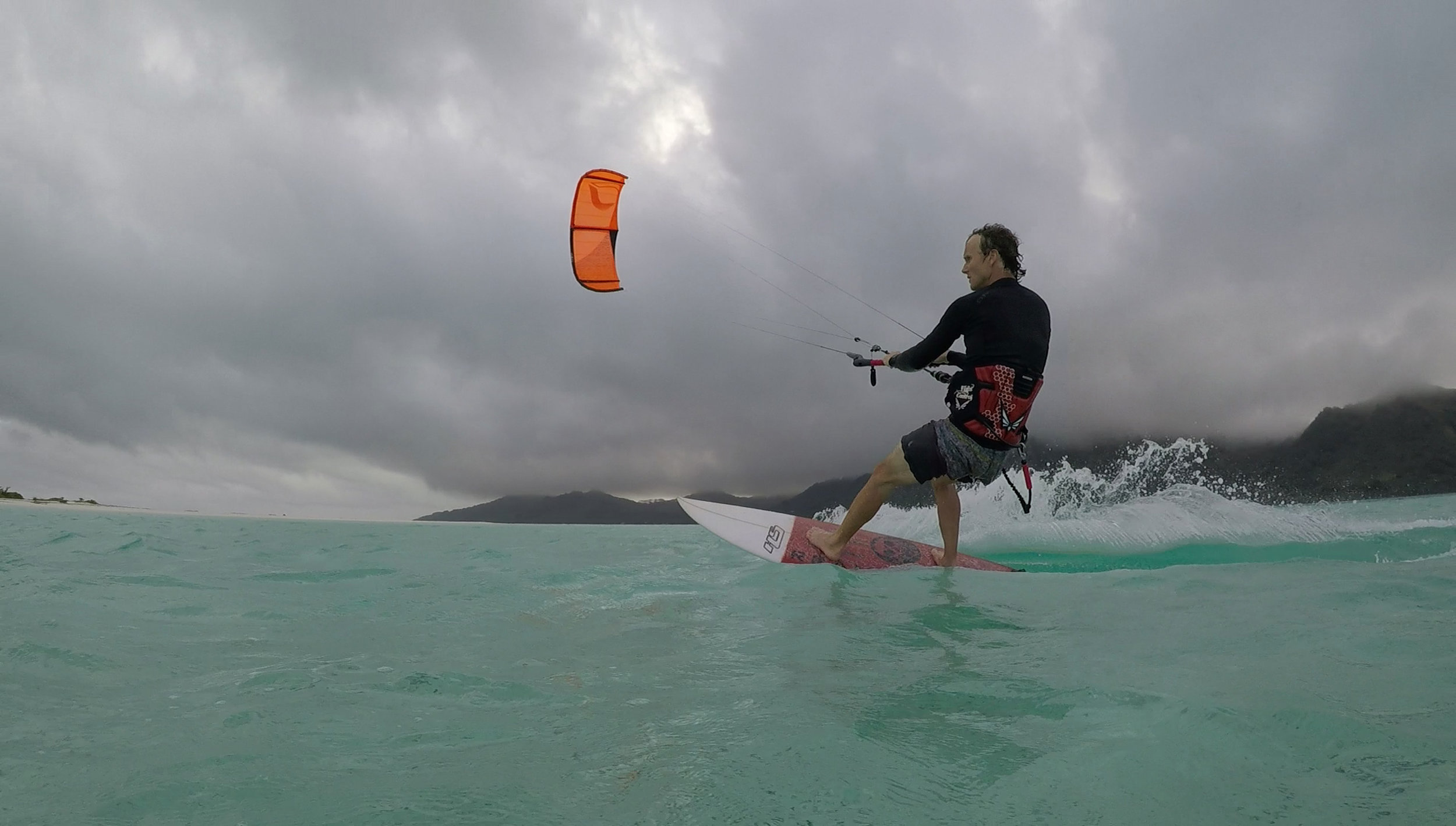
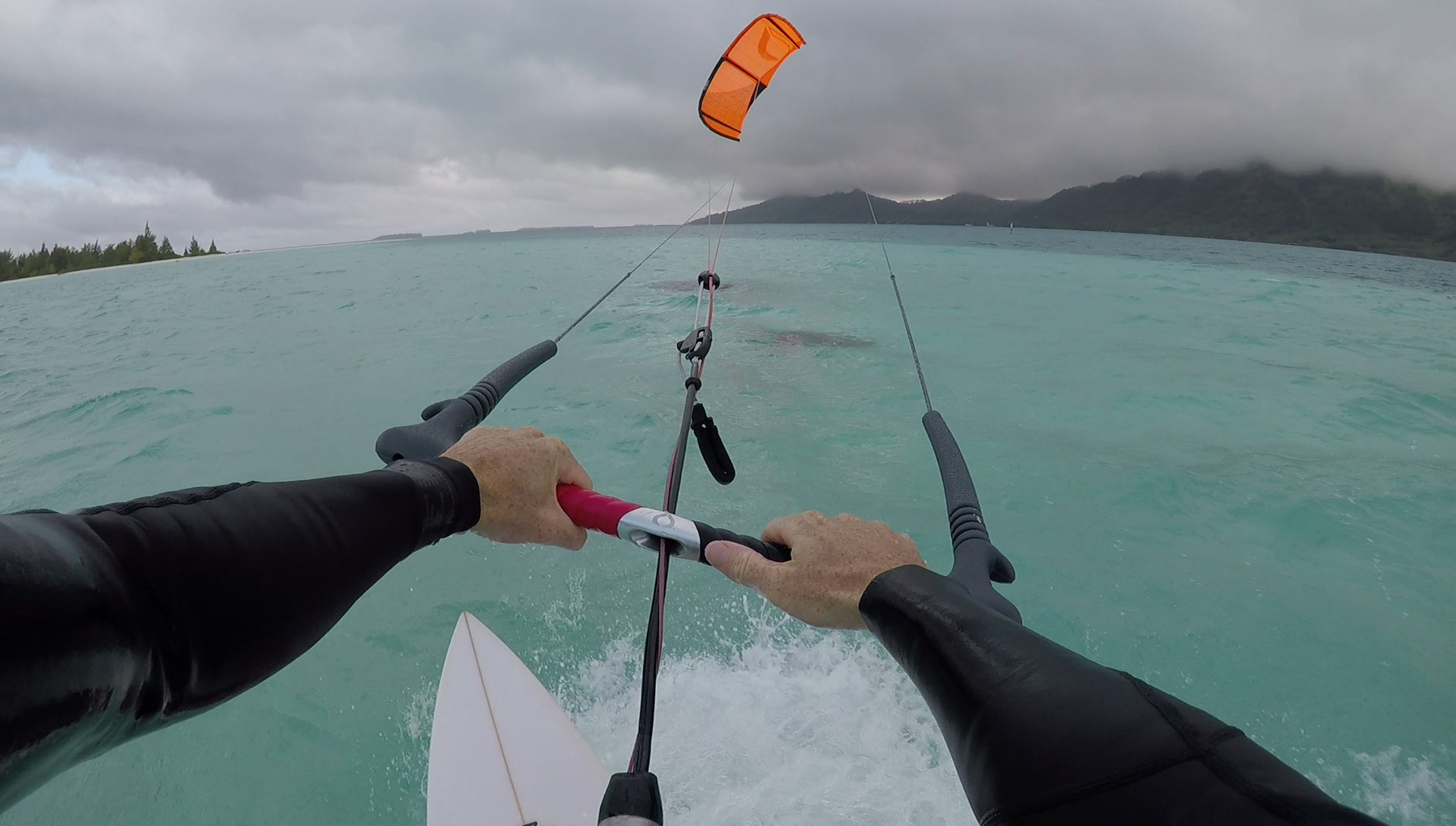
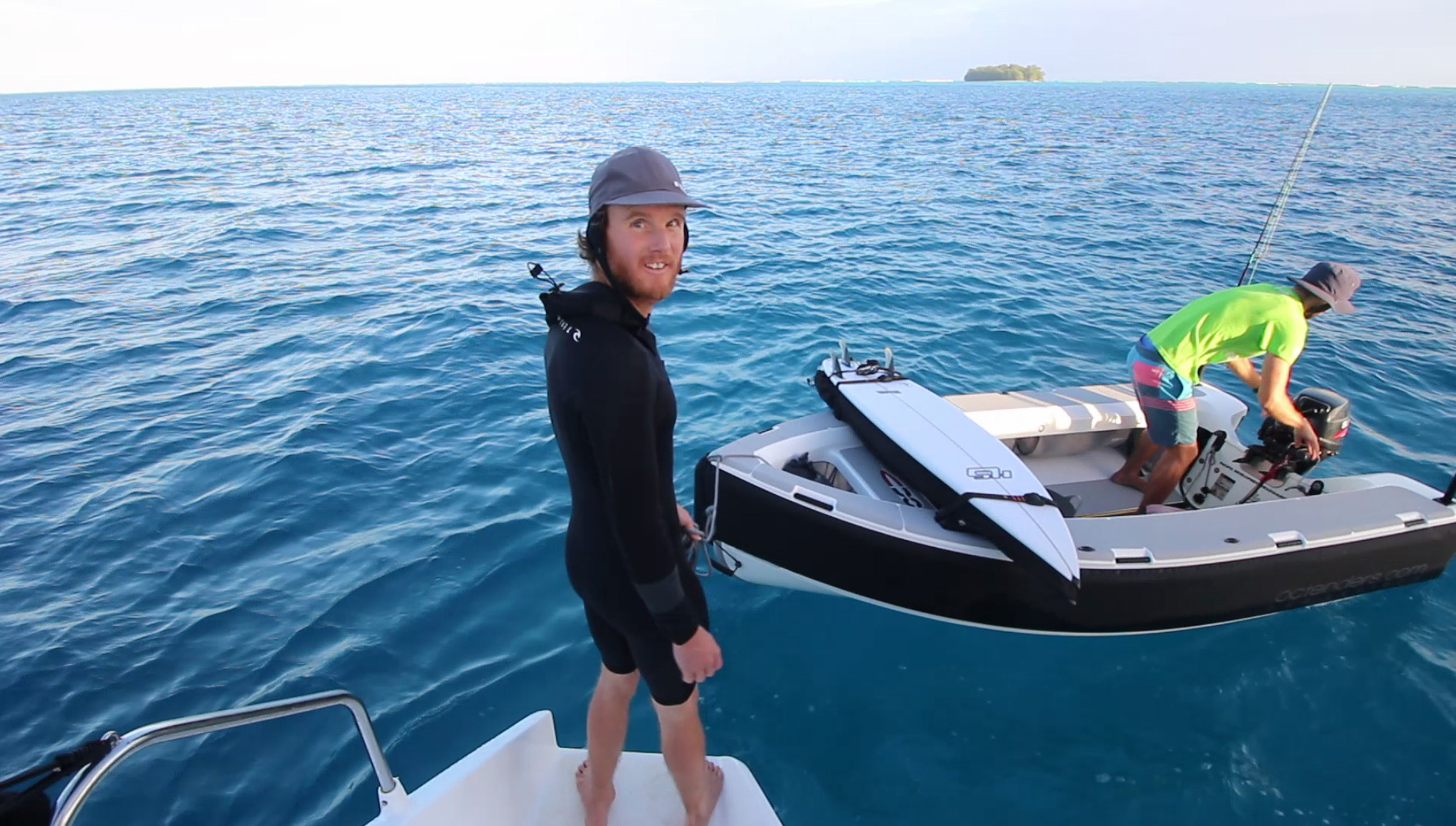
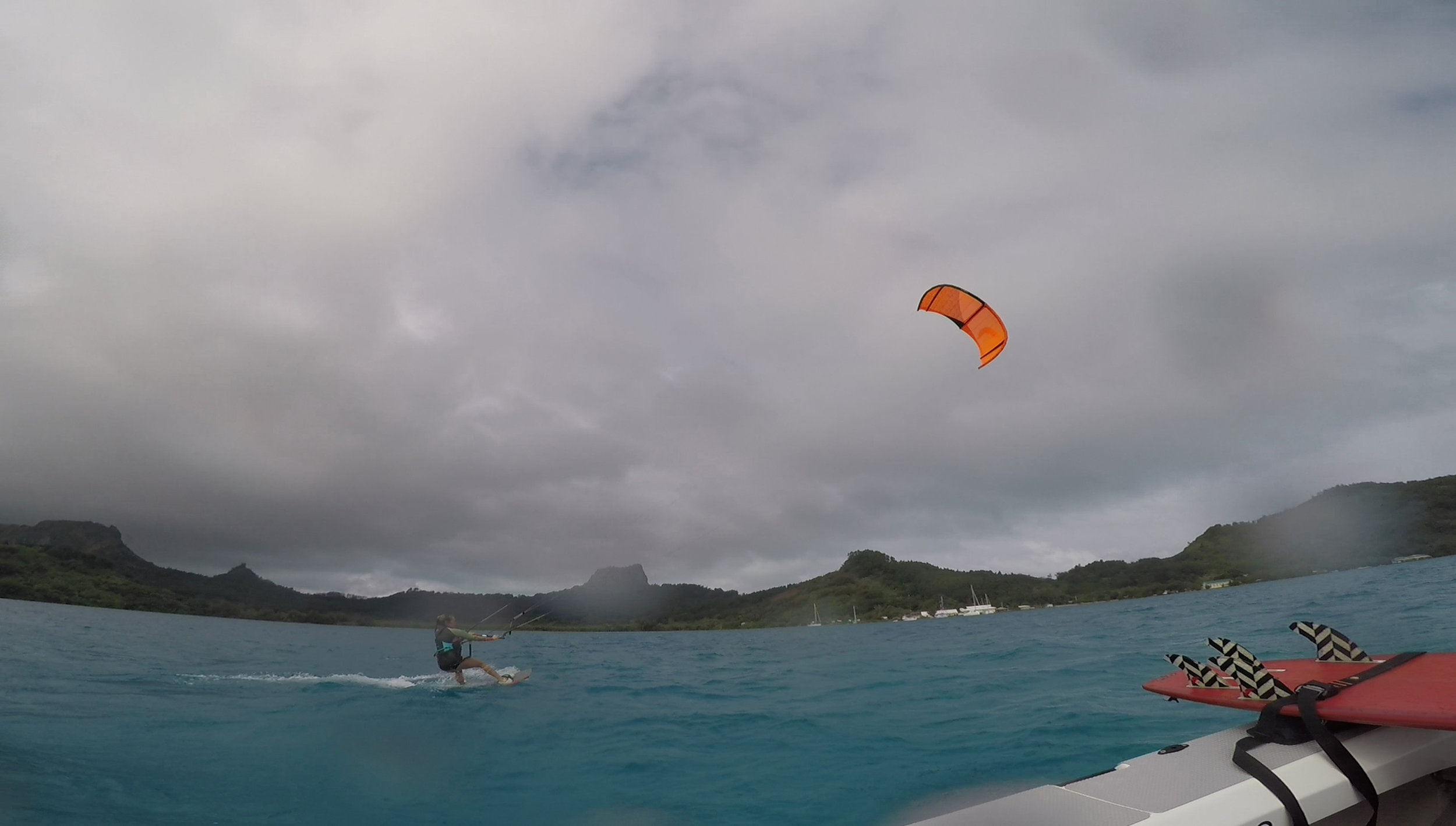
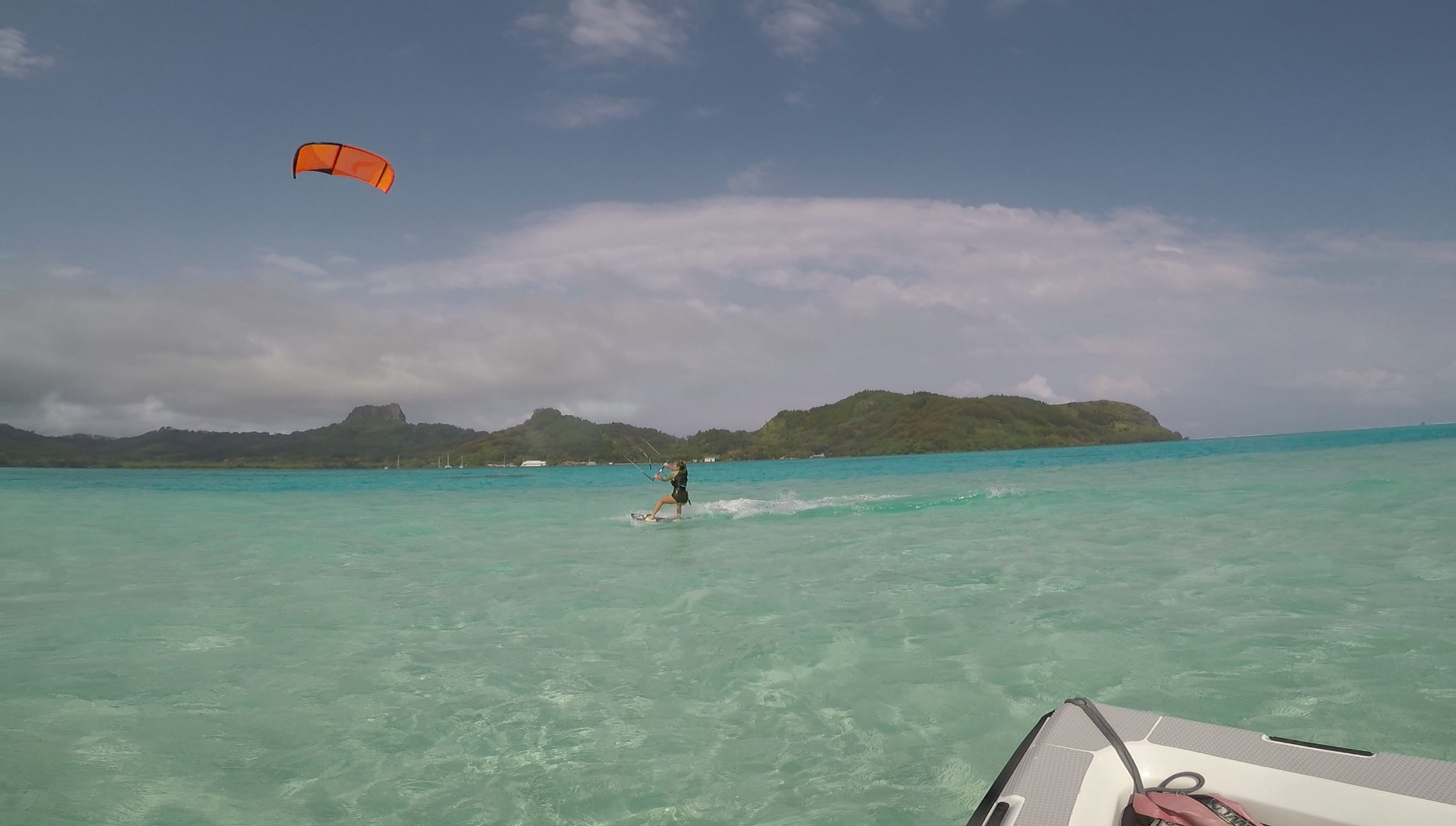
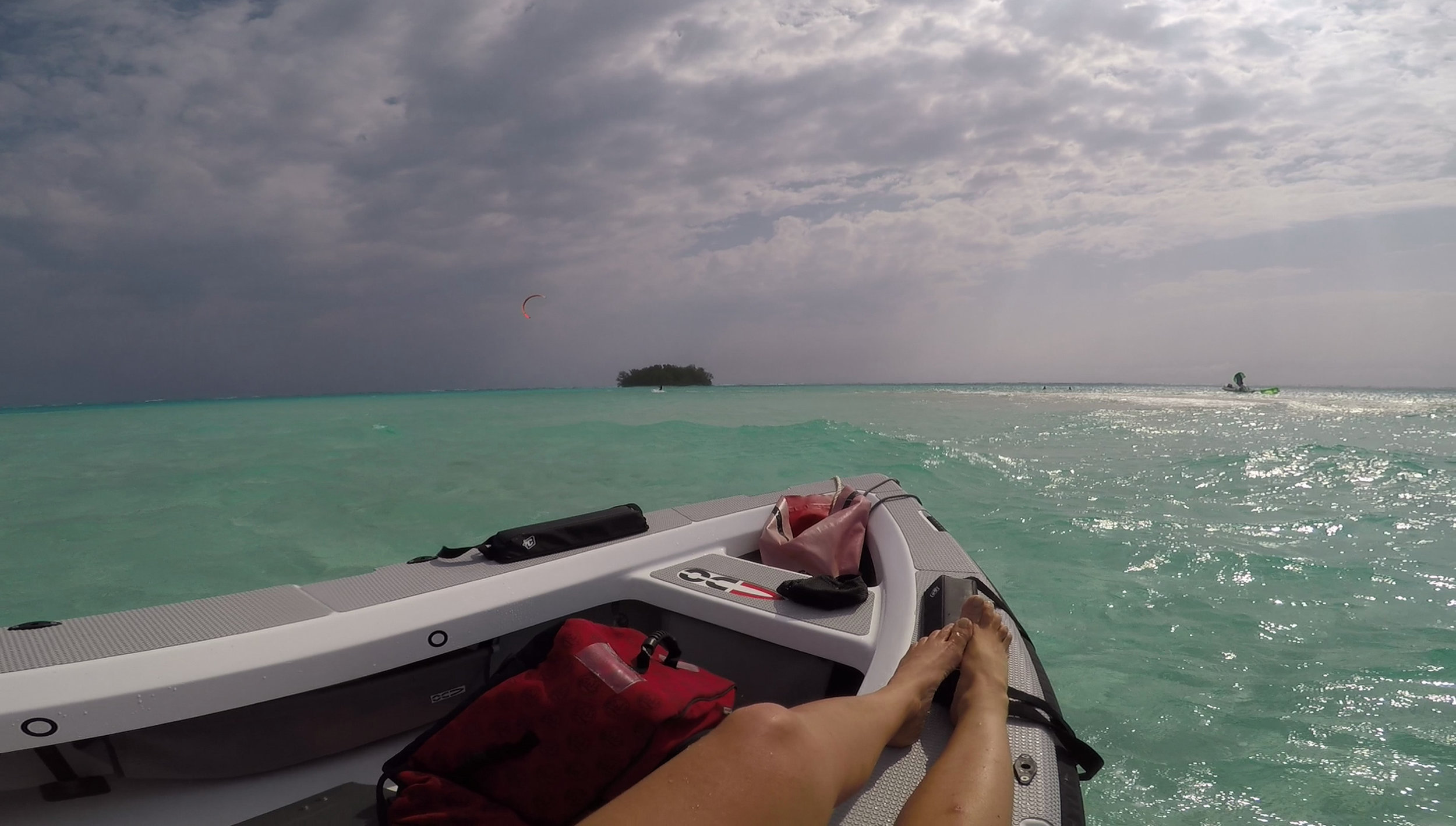
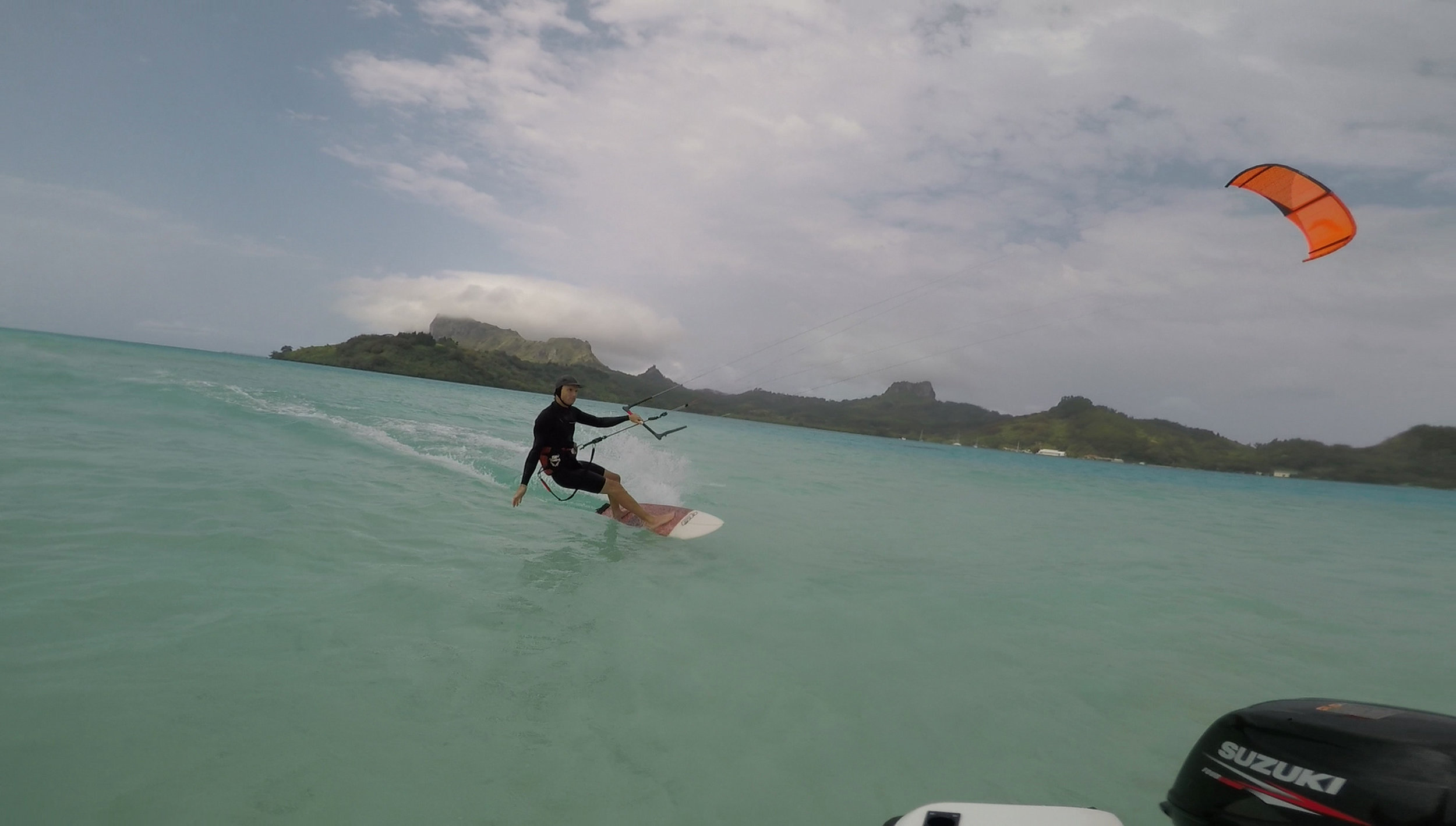

Timing our visit to Raivavae with the Heiva
We arrived in Raivavae unknowingly in time to catch the local Heiva. It is a great time to visit the island with a hype of activity around the event. The Heiva is a dance/sports competition between the island districts that lasted for about a week. We managed to watch two days of Va’a racing as well as four nights of traditional dancing, music and singing, all topped off with eye catching and elaborate costumes that are hand made by the performers. The Heiva was one of Sam and Estelle’s highlights from their trip, having never seen traditional dance, music and costumes like it before. It seemed as though there was no set date for the event to kick off in Raivavae, “island time” however if you visit the island in July/ August and ask the locals you might be lucky enough to experience this colourful cultural event.
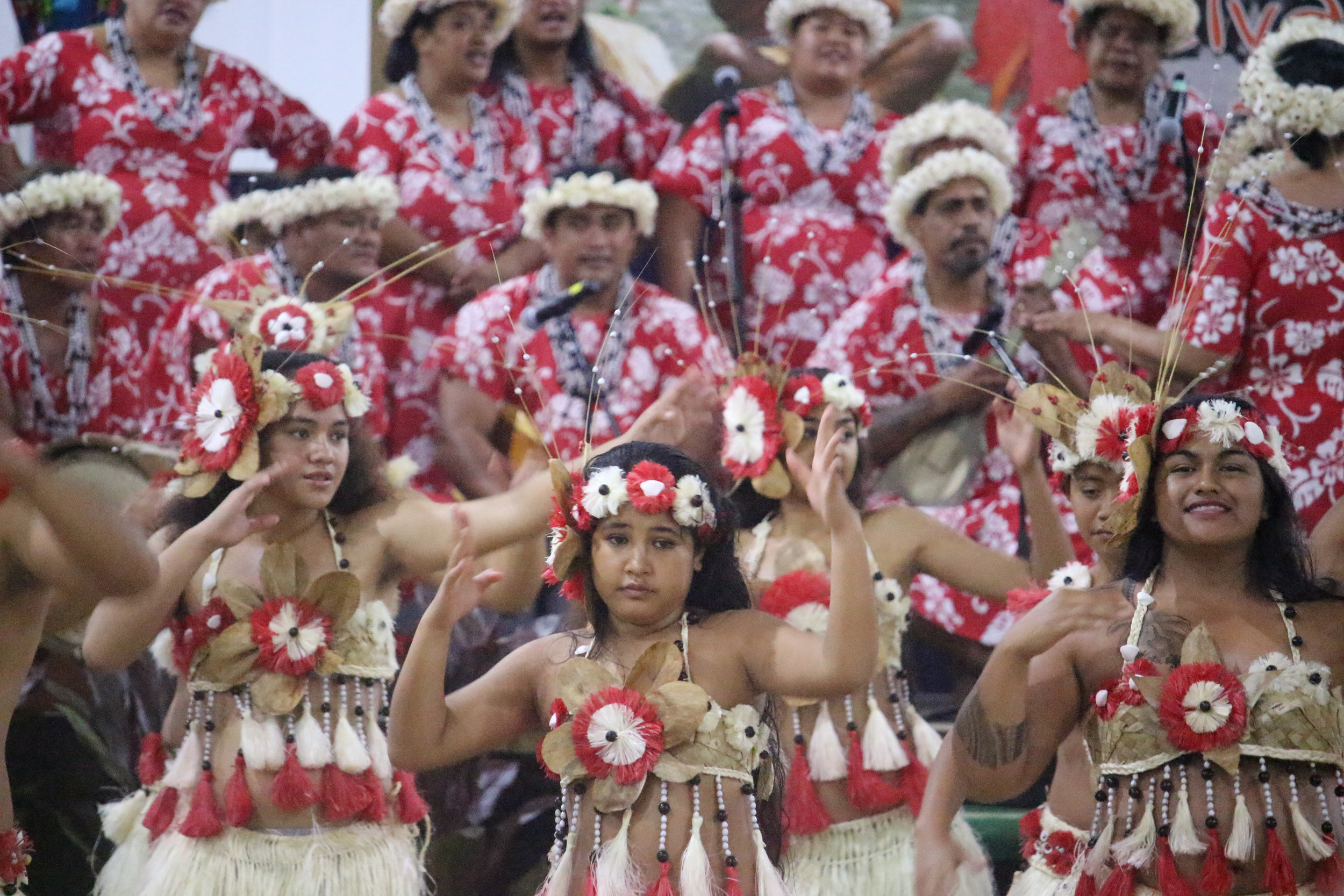
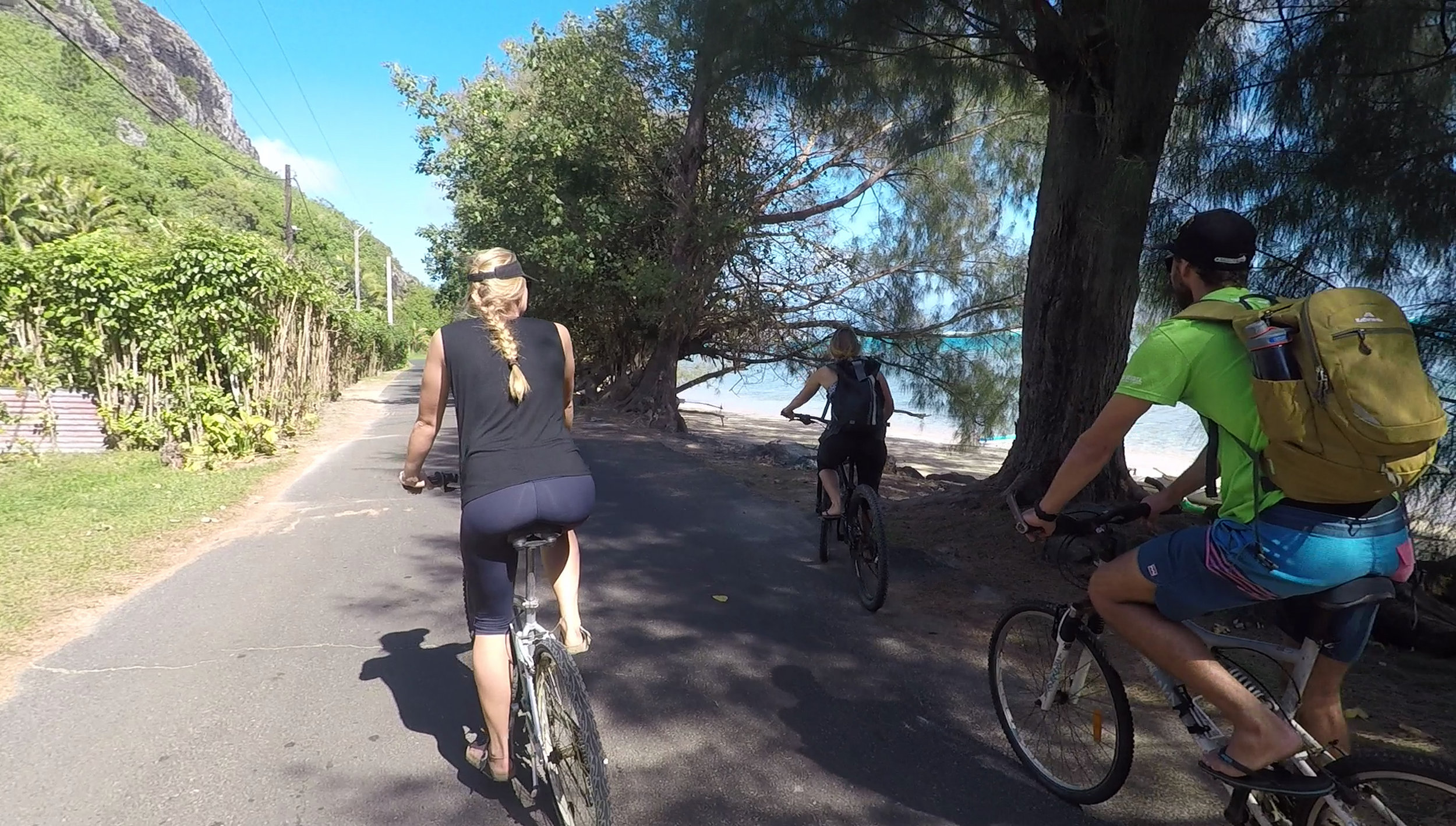
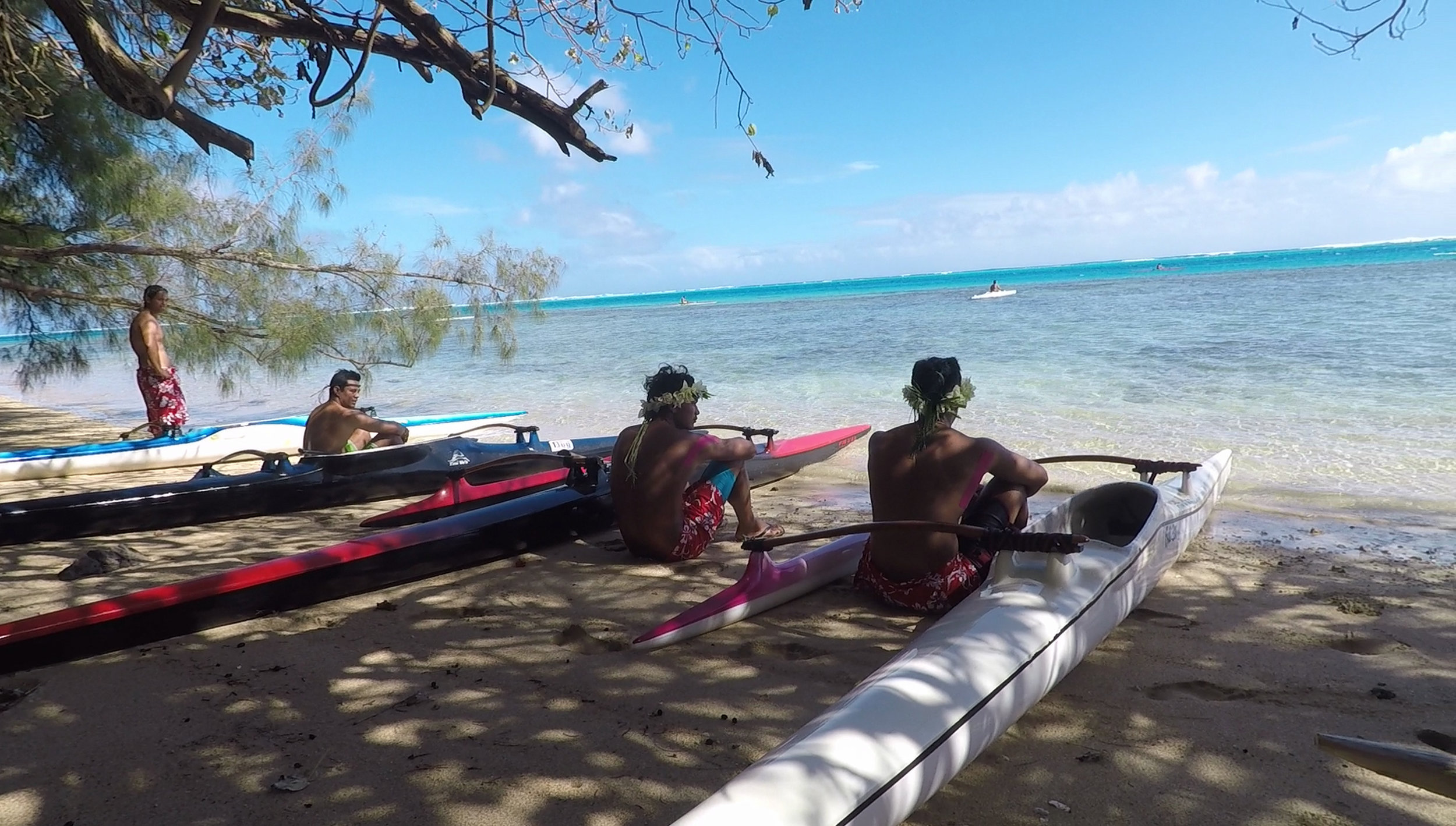
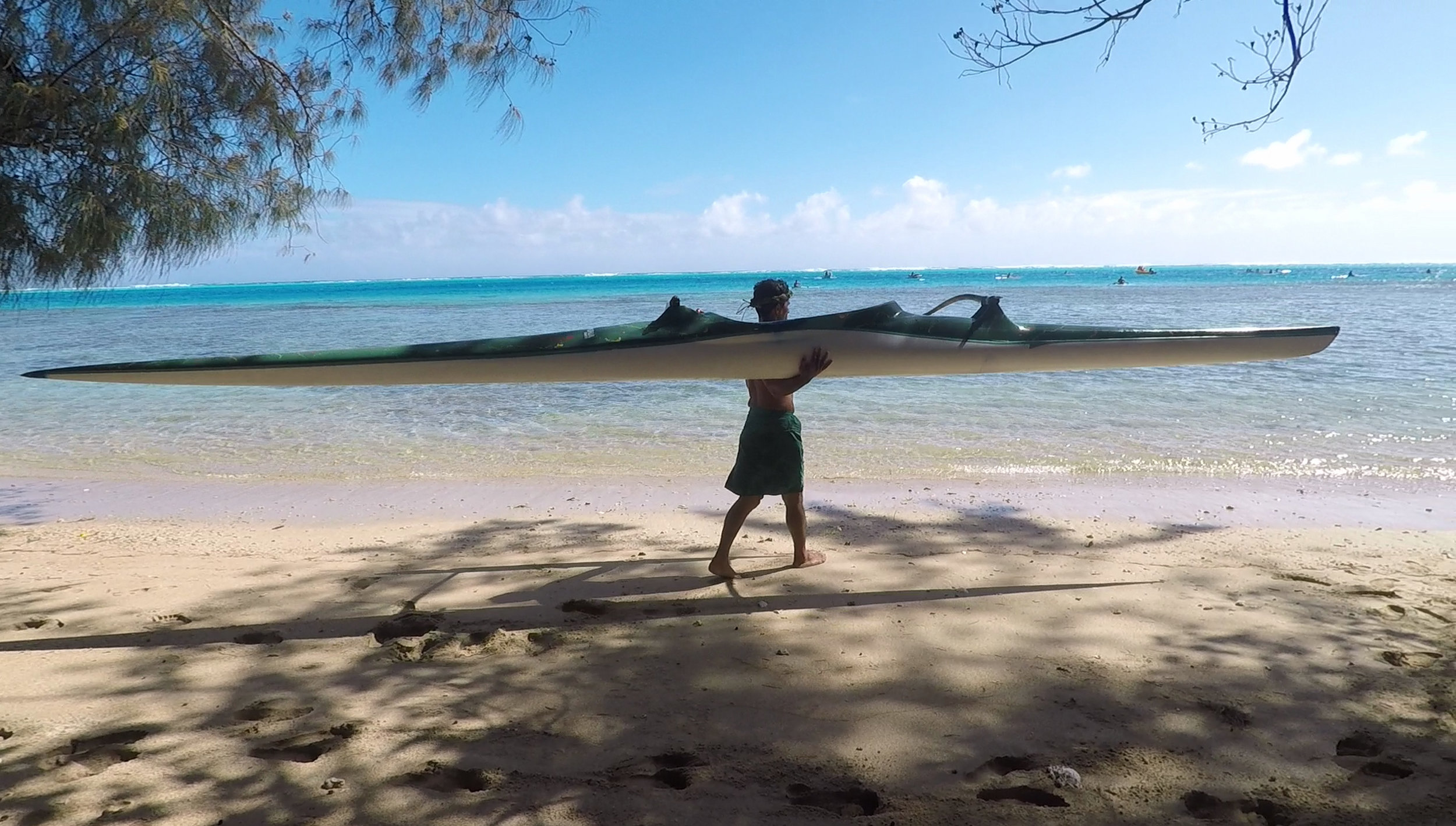

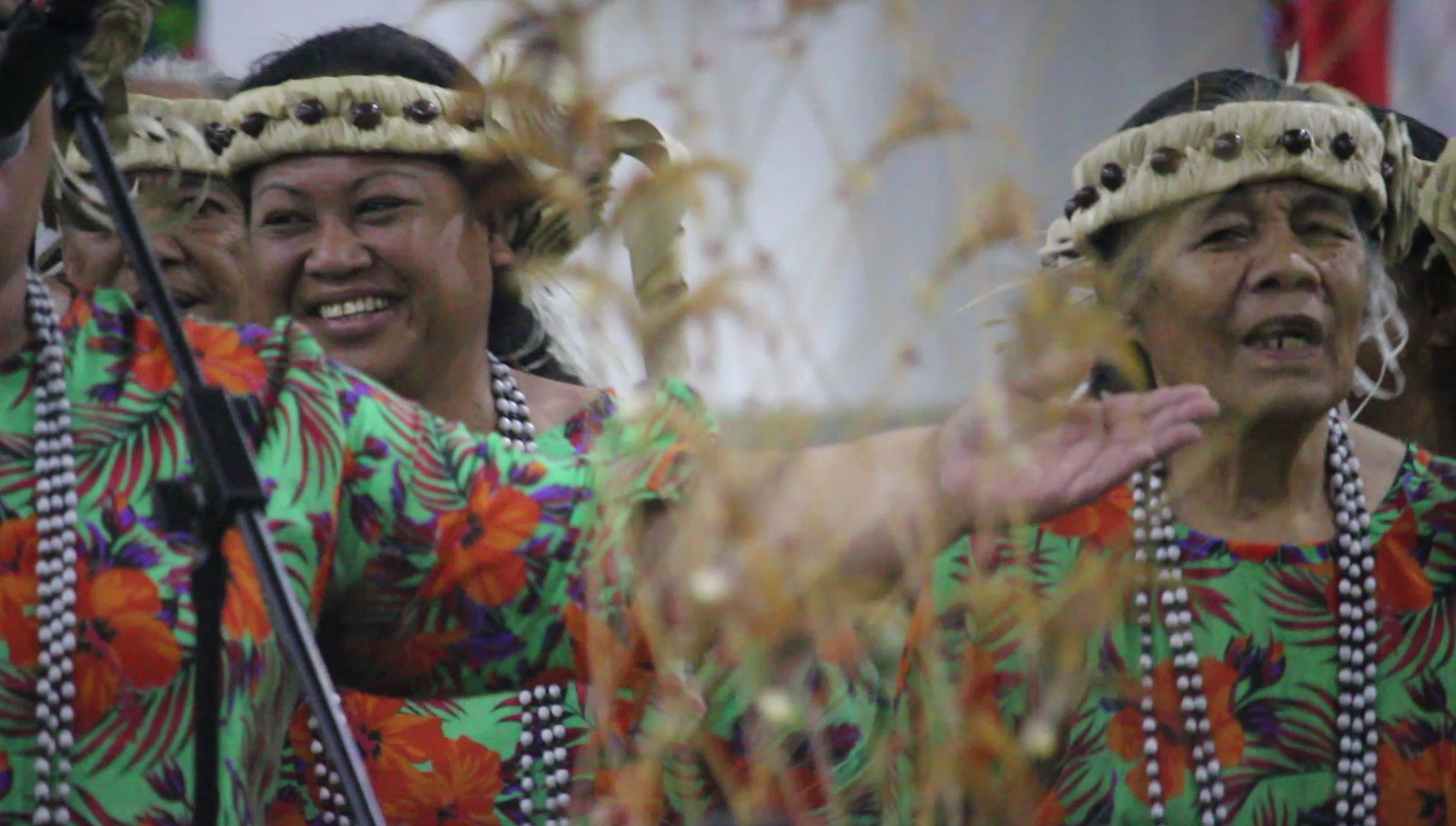
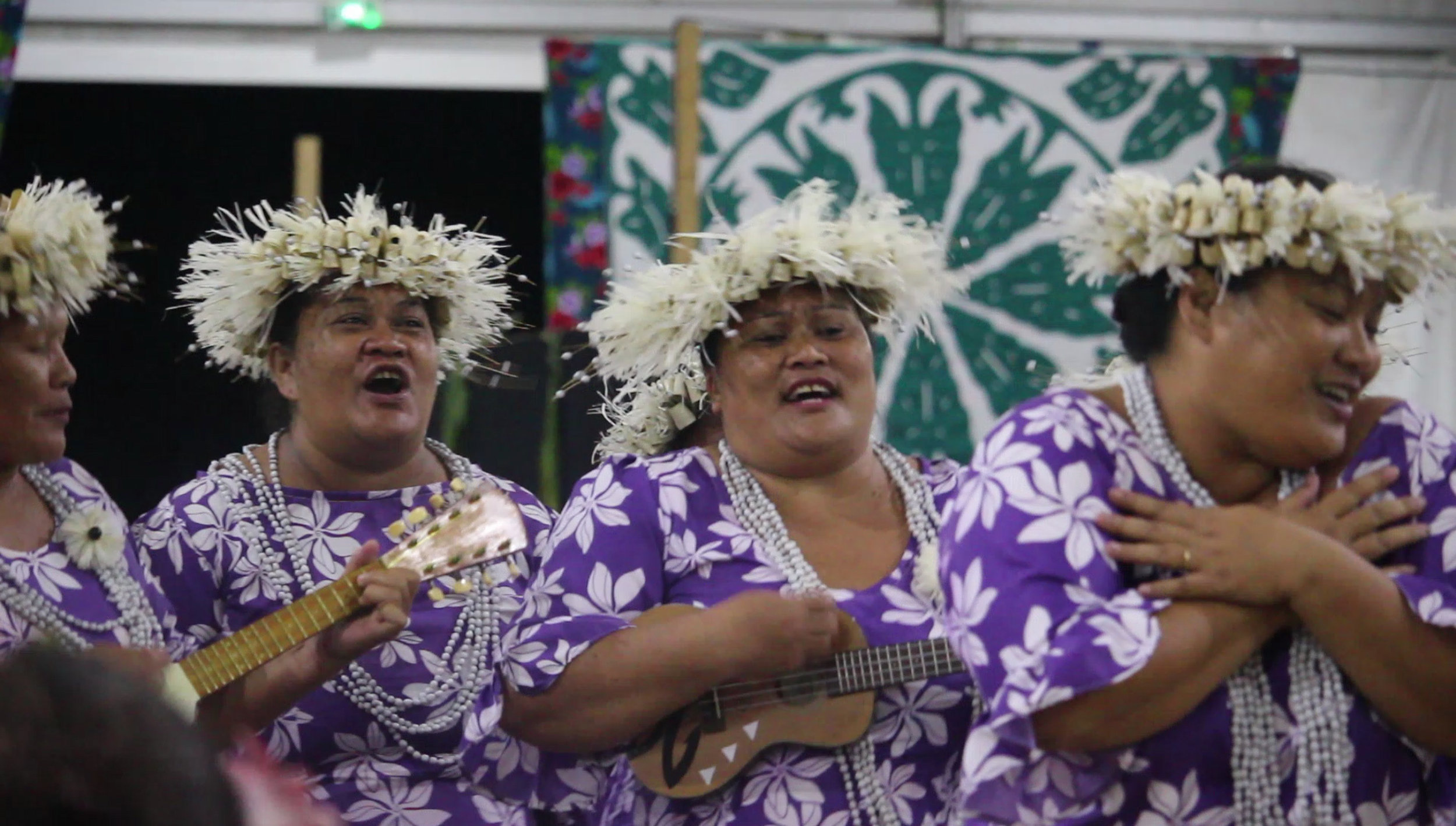
Mauruuru Raivavae (thank you)
We spent best part of a month on the island and we will be thinking about it for years to come. The time spent in Raivavae from the 16th July to the 10th of August was a good amount of time to get the know the lay of the land, meet some friendly locals and spend time with some really great cruisers. The people you meet and spend time with are just as much a part of the experiences as the location itself. For us spending time with some with other cruisers we have met, learning from and sharing with them is one big aspect of this lifestyle that we love, but that topic is worth a whole blog in it's self. Nights spent on the beach around a sand dug out camp fire, playing songs and sharing food with sailing families we met, riding our bikes around the island, walking in the forest, buying and been given locally grown produce from the locals, foraging for coconuts and eating fresh coconut on the beach, kiting in the lagoon with no other kiters in sight and at times feeling like we had a Motu almost to ourselves. For us spending time with cruisers we have met, connecting with, learning from and sharing with them is one big aspect of this lifestyle that we love, but that topic is worth a whole blog in it's self. All the unique and fun experiences had on this special little island in the south of French Polynesia, have us hoping we will one day be back to spend more time, we feel there is still so much more to explore.

